 Reviewed by
Sudarshan Kar
Reviewed by
Sudarshan Kar
If you want to increase knowledge about trees, this is the right place to start. This guide will help you recognize the most common trees.
![Types Of Trees 101 [All You Need To Know] A wide shot of a field covered with grass and full of beautiful trees captured in day time](https://homesthetics.net/wp-content/uploads/2021/08/Types-of-Trees-101-0001.jpg)
Getting to know about the variety of trees gives a better appreciation for nature and its endless manifestations. We have included details about tree structure, origin, requirements, and uses for humans for this list.
We talk about structure because all trees have a distinct structure of roots, bark, branches, and leaves. It is also important to know the regions or countries the tree originated from and where it is found today.
Furthermore, different trees require specific kinds of soil - whether moist, dry, or sandy. They also thrive or wither depending on environmental factors like heat, sunlight, low temperature, and rain. These four factors can teach us a lot about a tree.
So, let's get started.
-
Olive Tree

Olive trees have been mentioned in human records since ancient times. They are mainly found in the Mediterranean basin, South Africa, China, Australia, and Mexico. Warm temperatures and fertile soil are essential for this tree to bear fruit. What's more, the fruit itself is enjoyed in many cuisines in the form of olive oil.
-
Coconut Palm Tree
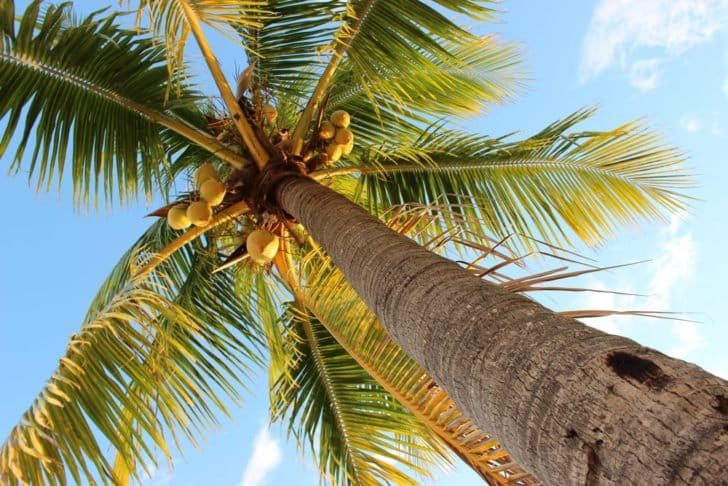
The Coconut Palm tree is one of the most easily recognizable trees. They are found in regions with warm weather, sandy soil, and a good amount of rainfall. In the right conditions, they reach 30 meters in height. Also, humans use all parts of the tree, bark, leaves, and fruit.
-
Patagonian Cypress Tree

These trees grow up to 60 meters tall and have an incredibly long lifespan. The oldest known tree lived for 3600 years. Patagonian Cypress trees grow only in the mountains of Southern Chile and Argentina and thrive in rainforest-like environments. But sadly, they are considered endangered and are rare in nature.
-
Mahogany Tree

Also known as American Mahogany and Cuban Mahogany, this tree is found in tropical locations with a lot of sunlight. This beautiful tree grows up to 22 meters and sprouts blood-red leaves. It is native to Cuba, the Bahamas, Jamaica, and Florida. On a side note, Mahogany is the perfect wood to build musical instruments.
-
Balsam Fir Tree
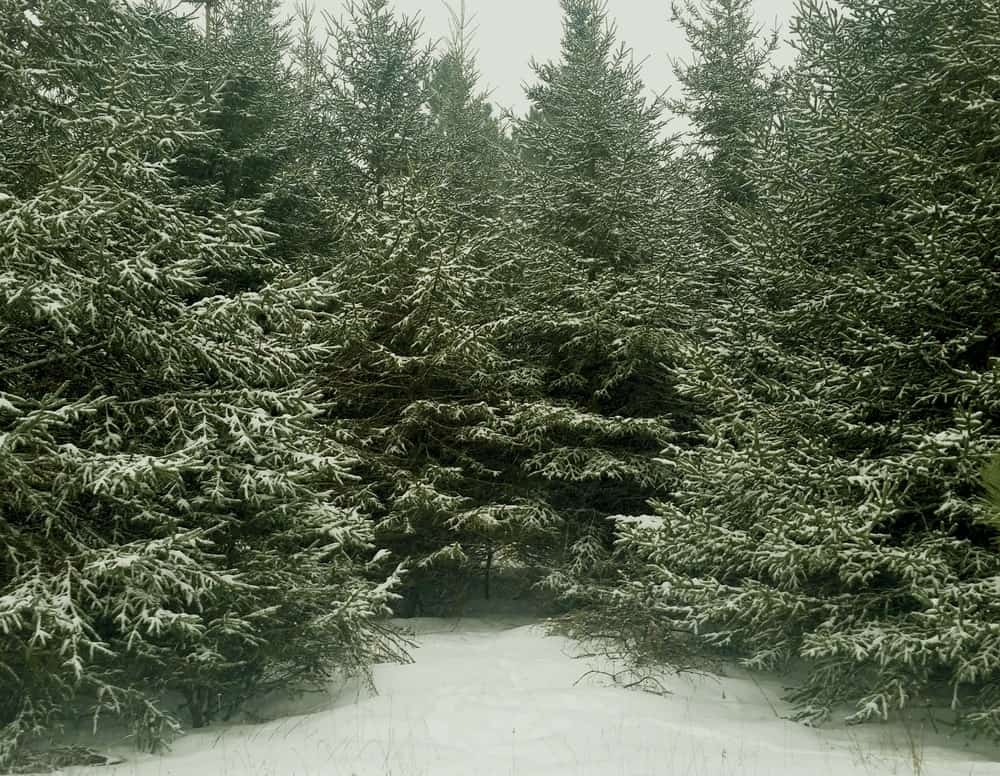
These evergreen trees are most commonly identified as "Christmas trees". They are native to the Northeastern United States and many parts of Canada. Moreover, Balsam Firs are widely found in cold climates, growing around swamps, flatlands, and mountains. Its bark is covered in blisters containing oily resins, which are used for medicinal purposes.
-
European Beech Tree
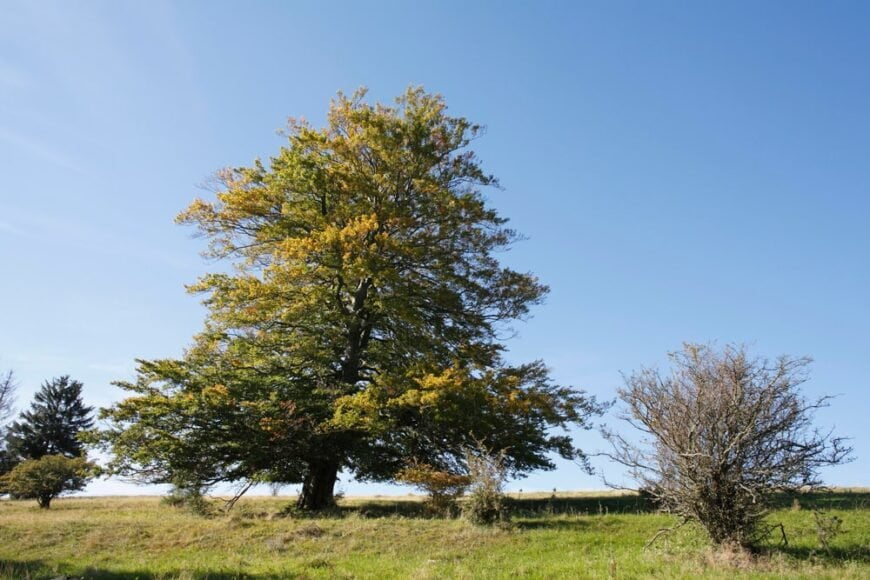
The European Beech tree is also known as Common Beech tree and is most often found in humid areas of fertile hillsides. They originate from Sweden, France, England, Spain, and Turkey. These trees are colossal, quickly reaching heights of 45 to 50 meters. As far as uses go, people use their barks to make furniture and houses.
-
American Beech Tree
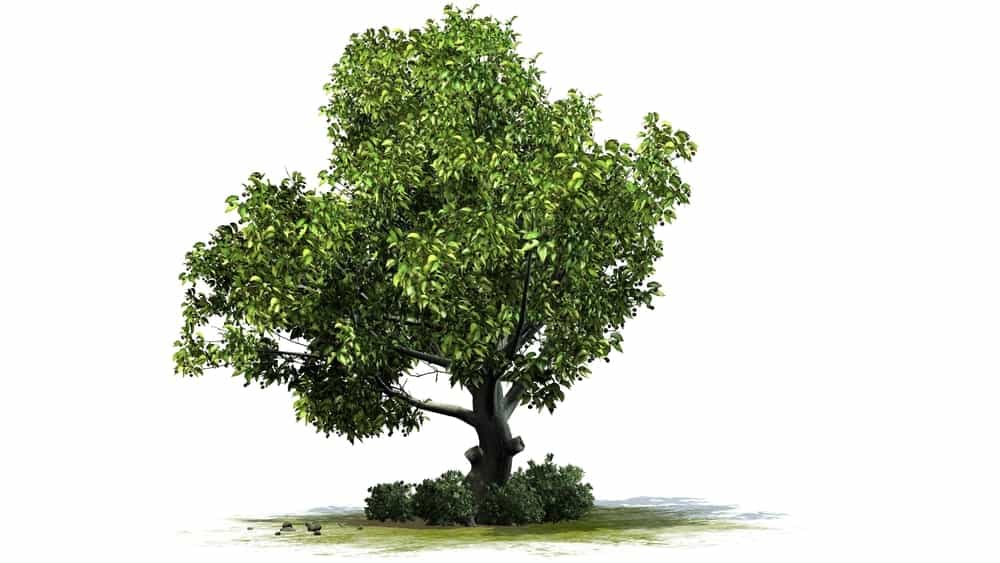
As the name suggests, this tree is found exclusively in North America. It grows well in the northern parts of Texas and Florida and Ontario and Nova Scotia in Canada. This Beech tree withers in extreme heat and dry soil; it requires moist soil found on slopes and rich bottomlands.
-
Fraser Fir Tree
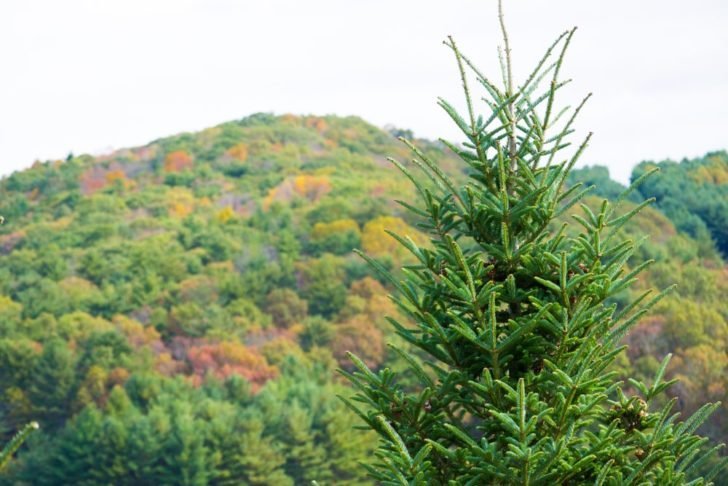
Fraser Fir is an evergreen conifer that is native to the Appalachian mountains of Southeastern United States. The branches are straight with dark green needle-like leaves. What’s more, they survive cold temperatures, floods and can grow in a variety of soil.
-
Eastern Juniper Tree
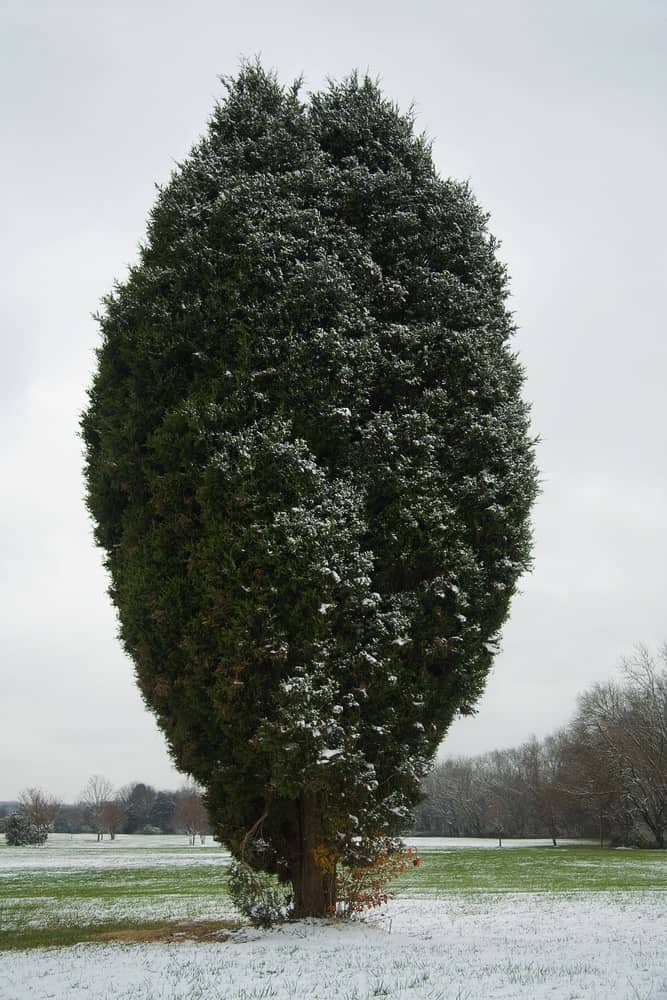
Eastern Juniper trees are evergreen conifers that are native to North America. They are resilient trees that can tolerate flooding, heavy rain, heat, and cold. Soil type is not a concern because they can grow in most kinds. On top of that, the wood is red with white sapwood highlights and is used often for making furniture.
-
Western Juniper Tree
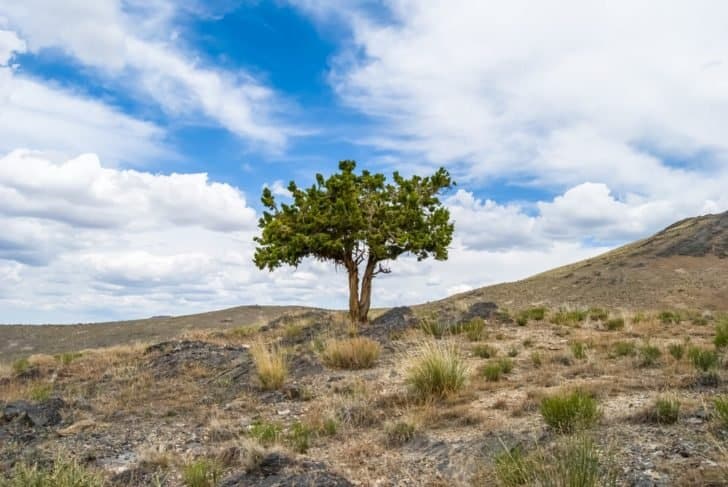
This shrub usually grows 6 to 10 meters in height and branches out into a vast crown structure. Western Juniper trees are often found at altitudes of 800 to 3000 meters in elevation. They are native to western parts of the United States and prefer to grow on dry, rocky soil.
-
Southern Magnolia Tree
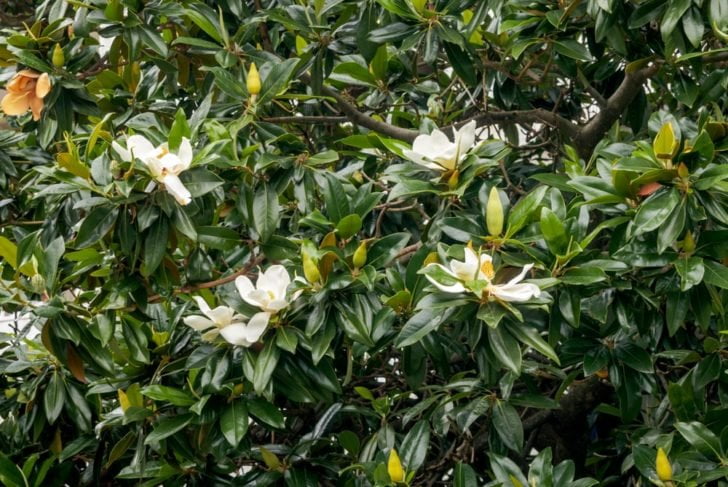
Also known as the Bull Bay tree, this variety of Magnolia is native to the southeastern parts of the United States. They grow near swamps, marshes, ponds, lakes, and streams. Southern Magnolias are easily distinguishable by their elegant white and pale yellow flowers, which give off a pleasant fragrance.
-
Apple Tree
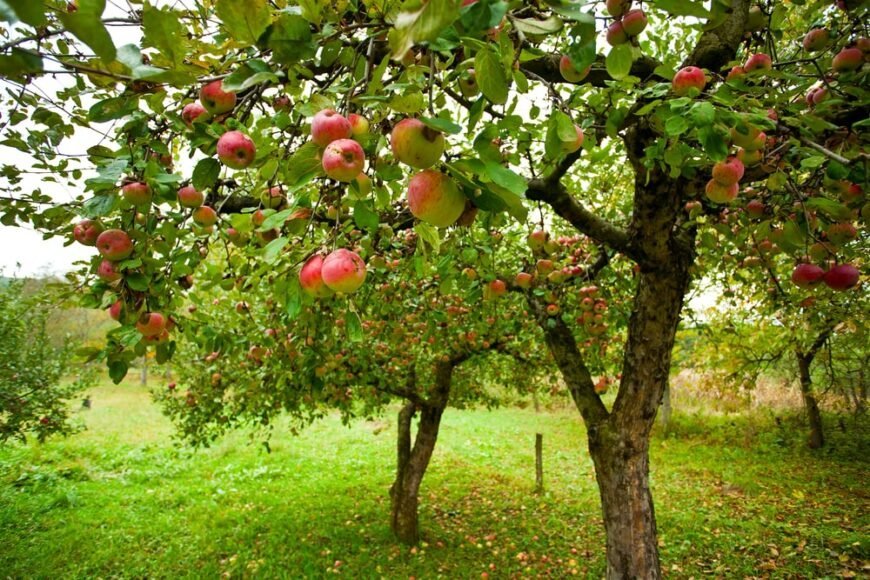
When it comes to fruit trees, apples are the most popular. They grow up to 2 to 5 meters tall and thrive in moist and rich soils. Most parts of the world grow apple trees and relish apples as a snack, along with jams and desserts.
-
Serviceberry Tree
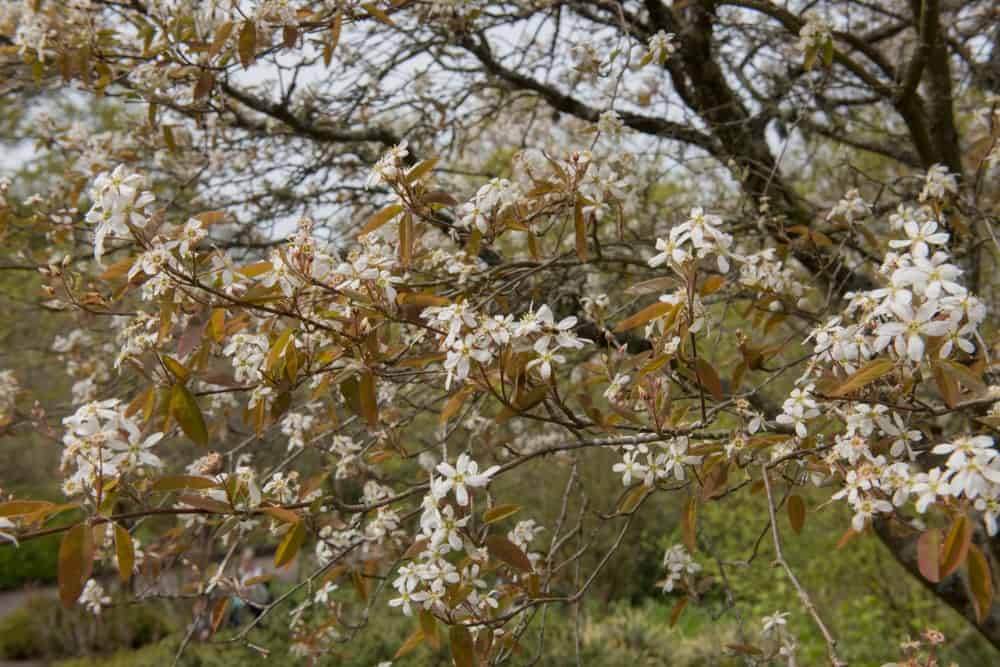
This deciduous shrub can be found in various parts of the world, including Canada, the United States, some parts of Asia, and Europe. These trees bear beautiful white blossoms during spring. Serviceberry trees can be seen on highlands but more often near river banks and streams.
-
Australian Mountain Ash Tree
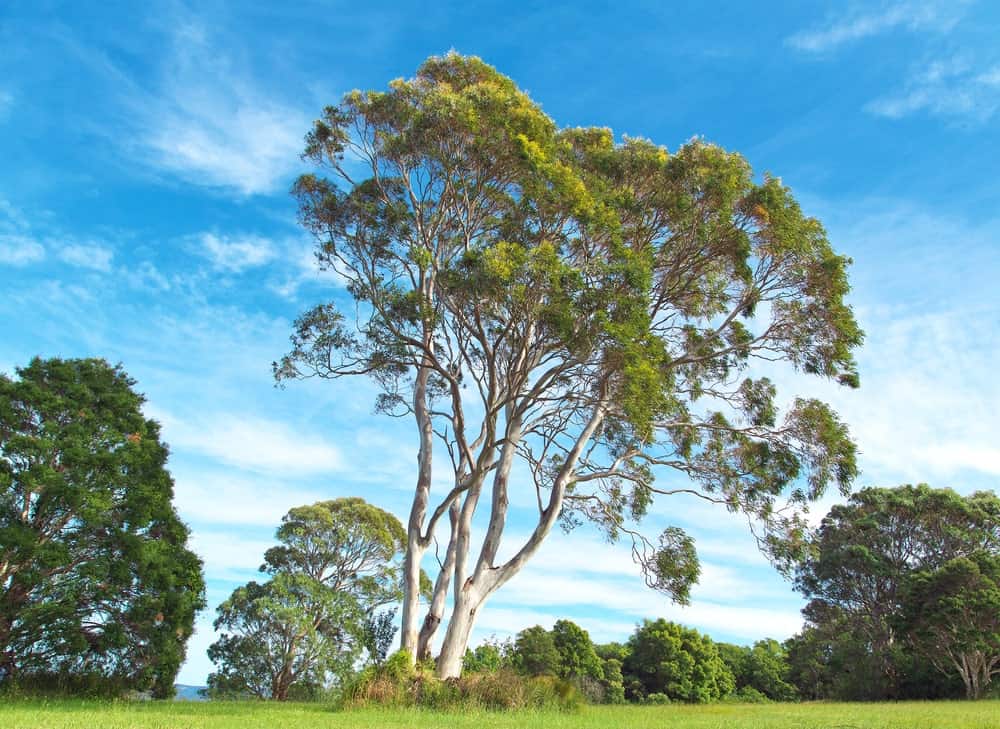
This tree belongs to the Eucalyptus family and grows the tallest among them all - more than 90 meters. They are native to Australia and are used for their pulpwood and to make essential oils. Interestingly, they can live for hundreds of years and survive wildfires that often break out in the Australian wilderness.
-
Red Spruce Tree
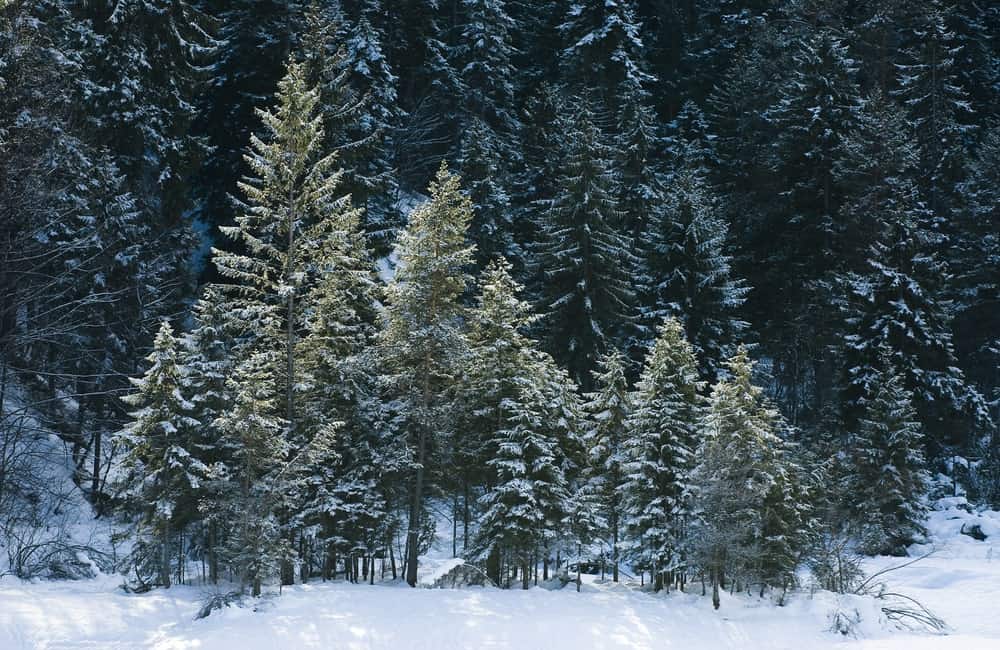
This slow-growing tree is native to North America. Red Spruce trees are perennial as well as coniferous and can withstand extremely frigid temperatures. Its bark is thin and peels off easily over time. People use it as Christmas trees and to make wooden musical instruments with their trunks.
-
Pear Tree

Another fruit tree is the magnificent Pear Tree. These medium-sized trees grow between 11 and 15 meters tall. What's more, with leaves a beautiful shiny green color, it also bears lovely white flowers. Pear trees usually grow in cold climates in Asia, Europe, and North Africa.
-
Black Walnut Tree
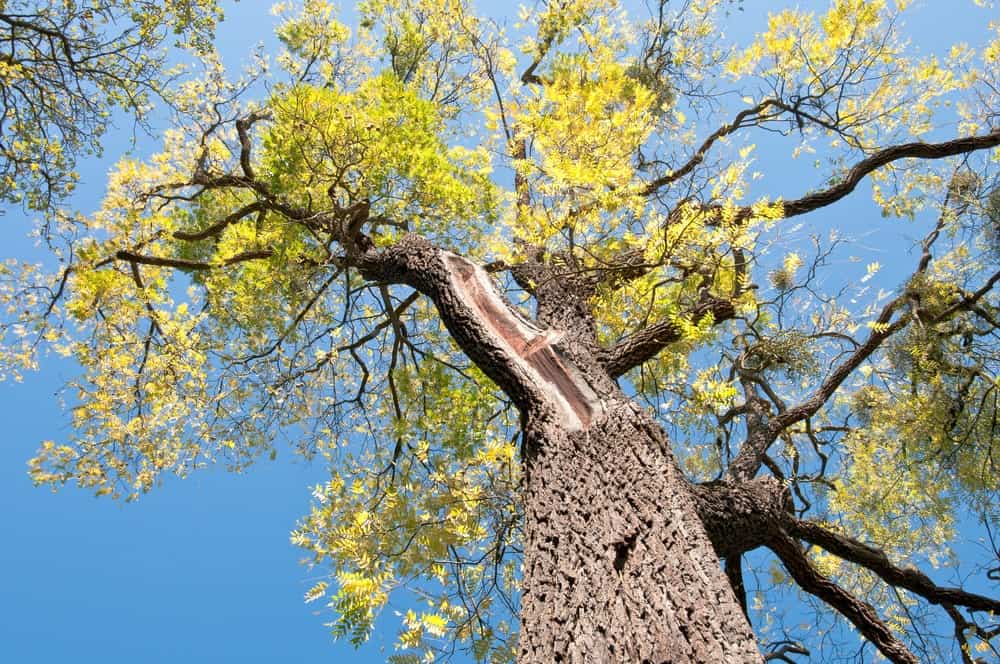
This deciduous tree is found in Africa, North America, and some places in Europe. It needs certain conditions to grow well such as well-drained or rich soiled bottomlands. The nuts it produces are harvested, and the trunk is considered valuable too. Not only that, its polished wood is used to create interiors and high-end furniture.
-
Flowering Dogwood Tree
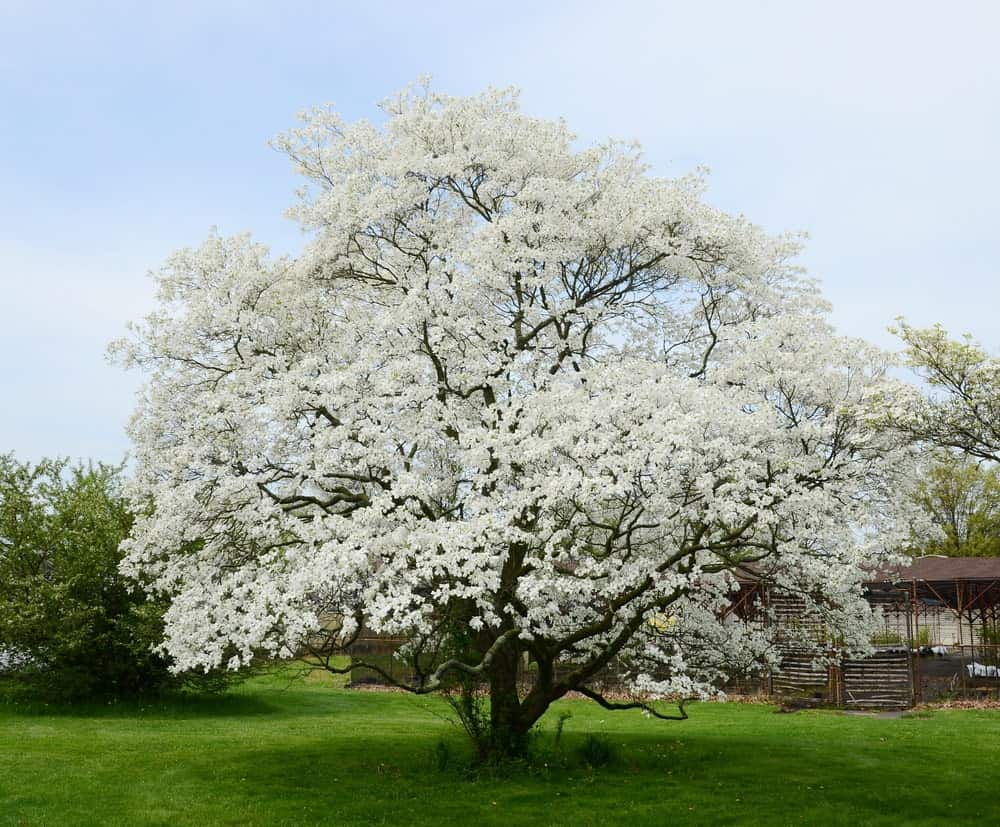
The Flowering Dogwood is known for its delicate light yellow and white flowers, which bloom during spring. The entire tree seems lit up with these flowers during this season, making it a popular ornamental tree. Furthermore, these trees are seen in Northern Mexico and the eastern parts of the United States.
-
Peach Tree
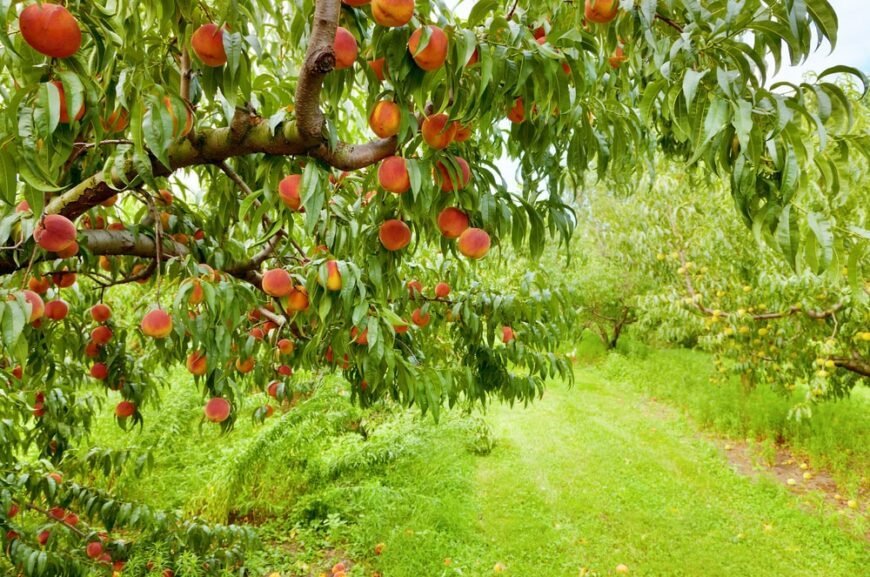
Another tree that bears delicious fruit is the Peach Tree. They grow till 7 meters in height and bear the sweet stone fruit, peach. A cool and temperate climate is most suitable for this tree. Although Peaches were initially cultivated in some parts of China, they are now found around the world.
-
Eastern White Pine Tree
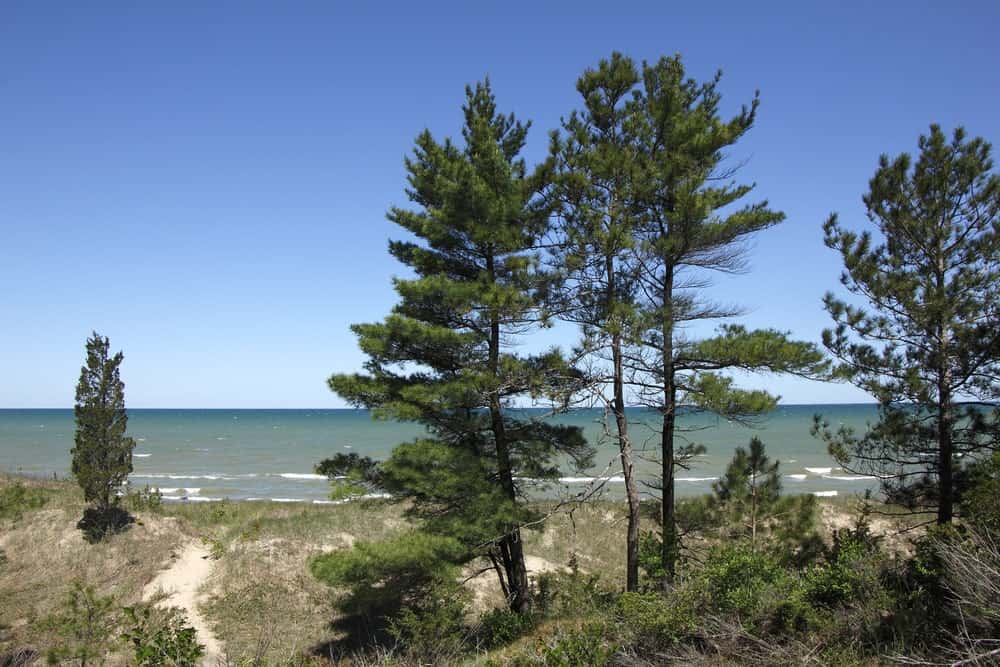
This conifer tree is commonly found in the United Kingdom and North America. It can grow quite tall, reaching up to 70 meters. The bark of the Eastern White Pine tree is smooth and green when young. As it grows older, it turns brown and develops deep furrows.
-
Black Willow Tree

Out of all the trees in the Willow family, the Black Willows are the biggest and most widely spread out. They require wet or moist soil to grow well, which is why they are commonly found near lakes and streams. However, they can also survive in sandy soils with a lot of sunlight.
-
White Ash Tree
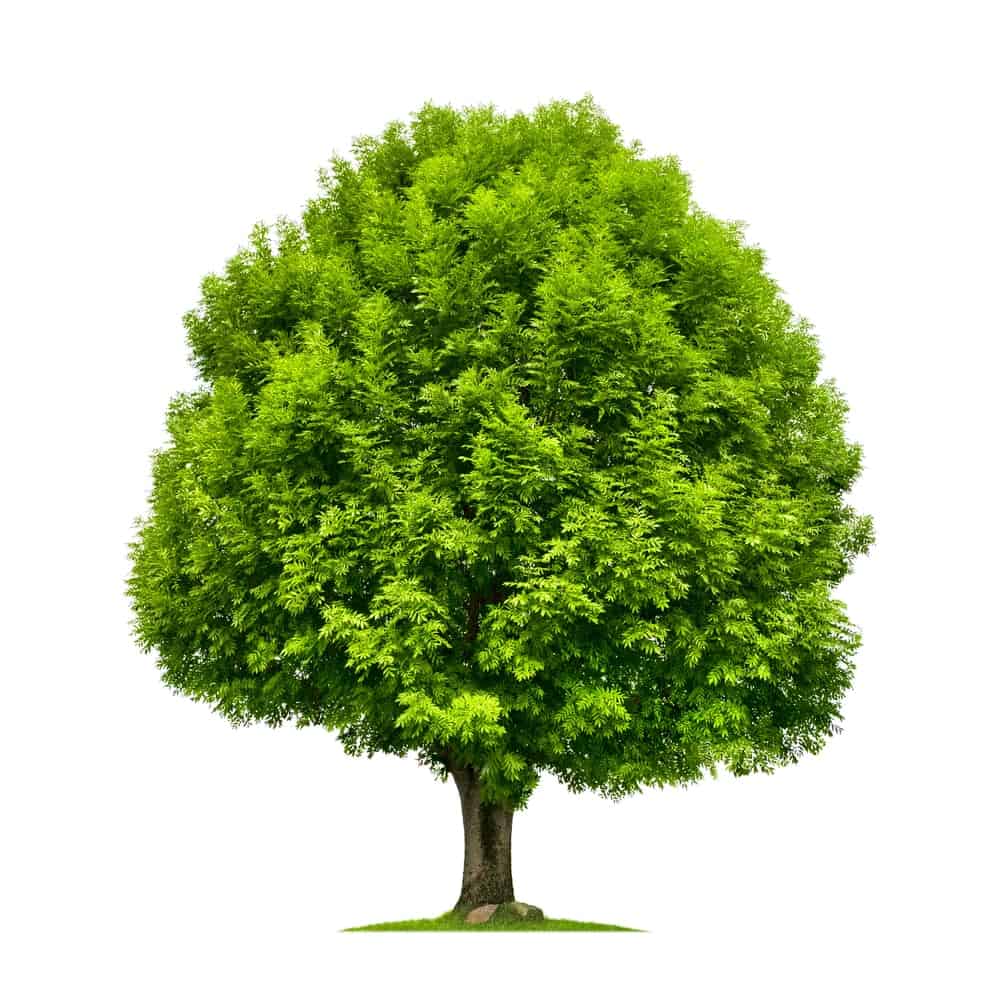
White Ash trees have leaves that change colors as the weather changes. They become bright red and yellow in fall and grow in mesophytic forests. The climate of these forests is not too dry or cold; neither too wet. White Ash trees are most commonly sighted in North America and Canada.
-
Black Ash Tree
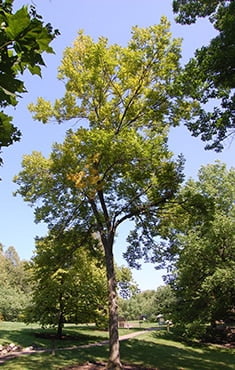
They can grow as tall as 20 to 35 meters. It is easy to identify these trees by their pale brown or grey bark. Black Ash leaves are a distinctive black color and identifiable fissures as it ages. Also, they are commonly found in Canada and northern parts of America.
-
Eastern Hemlock Tree
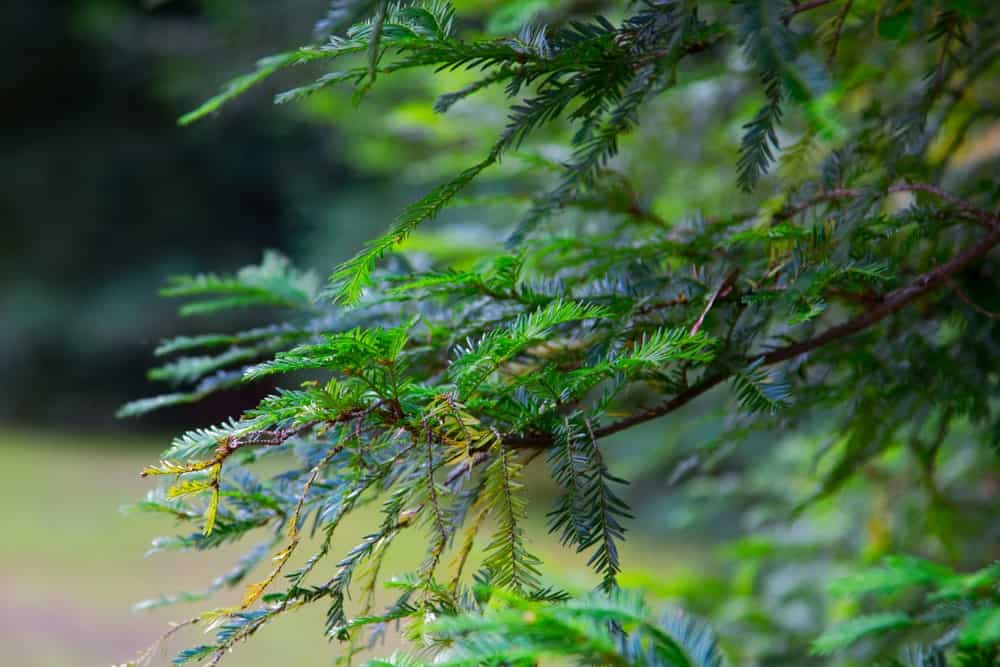
This is a conifer that is native to North America. It is large, lives for many years, and prefers to grow in shades. It is found in shaded areas, steep mountain slopes, or near swampy/marshy lands. Moreover, its wood is used as timber and for construction lumber.
-
Mountain Hemlock Tree

This tree is native to the west coast of North America, Alaska, and higher areas of California. These wild trees usually grow 20 - 40 meters depending on the location and quality of the soil. Moreover, Hemlocks have incredibly long lives, and some of them live up to 700 years.
-
Bristlecone Hemlock Tree

These trees are pretty rare and considered highly endangered. Bristlecone Hemlock trees are endemic to Southwestern China, and this is the only species of its kind ever found. Until recently, it was believed that these trees had become extinct, but a select few remain in low elevations in China.
-
Western Hemlock Tree
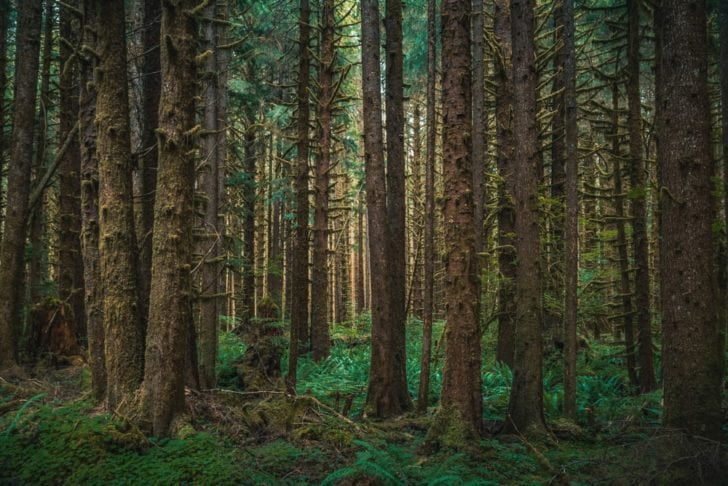
Also known as the Western Hemlock Spruce tree, it is native to the west coast of North America. This tree shows a preference for growing in temperate regions like rainforests and low-lying areas or at sea level. Moreover, they have sturdy roots that help prevent soil erosion.
-
Common Fig Tree
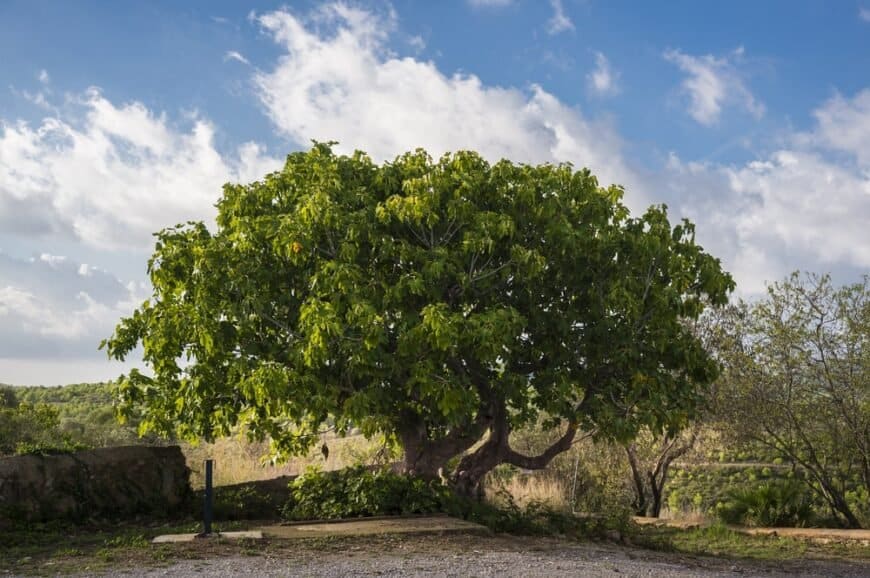
Usually found in Mediterranean area and Western Asia, these shrubs grow up to 6 to 10 meters. They grow in deep and damp soil, but they can also be found in rocky and dry places. Figs are cultivated for centuries in dry and sunny locations.
-
Banyan Tree
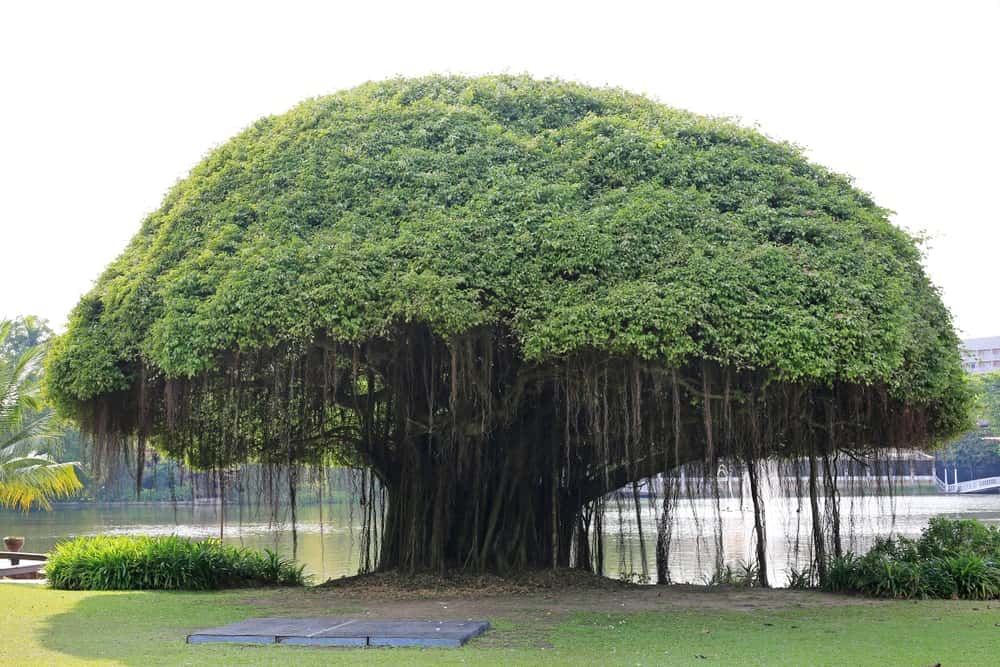
It is a part of the fig tree family. Banyan grows mainly in tropical and subtropical areas of India, Nepal, China, Central, and North America. They have a distinctive appearance with their aerial roots, and the leaves are enormous. Furthermore, it needs moist and swampy soil to grow.
-
White Spruce Tree

White Spruce trees are found in the Boreal forest area of North America, which is the largest intact forest remaining on Earth. These are large, coniferous trees that are found on mountain slopes as well as on flat grounds. It's used for wood pulp and construction and as Christmas trees.
-
Black Spruce Tree
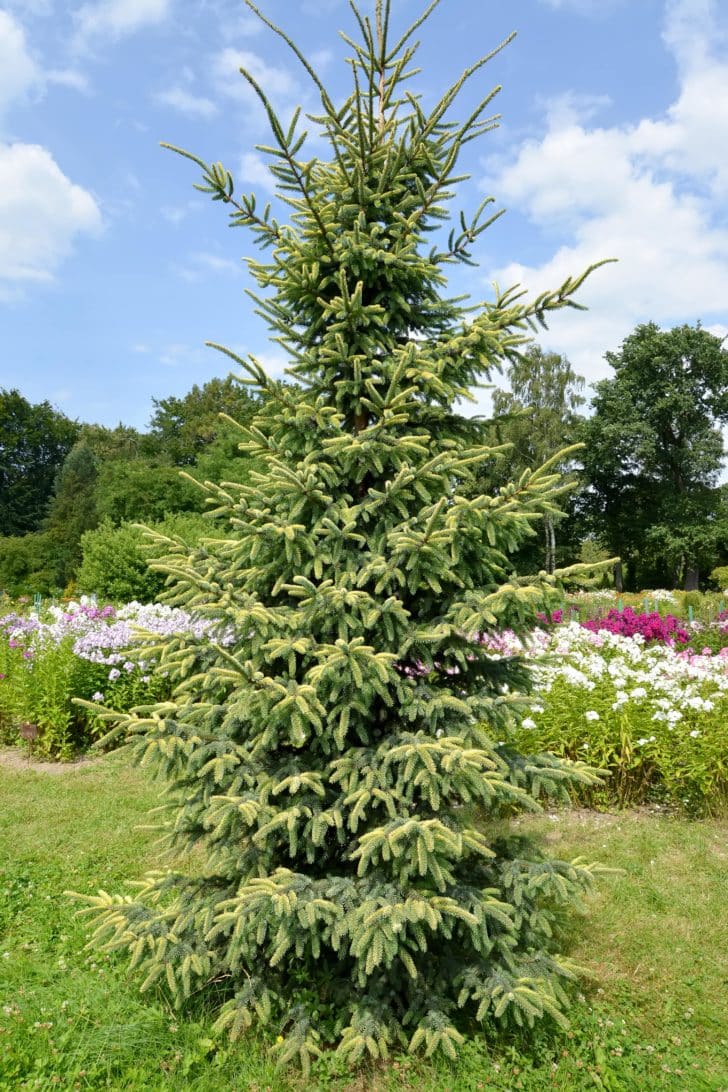
Also known as "Bog Spruce" and "Swamp Spruce", these trees are found growing in swampy and marshy areas of Canada and the United States. Sometimes, Black Spruce trees are also found around mountain slopes. They have dark brown barks and the needles are shorter than other spruce trees.
-
Tanoak Tree
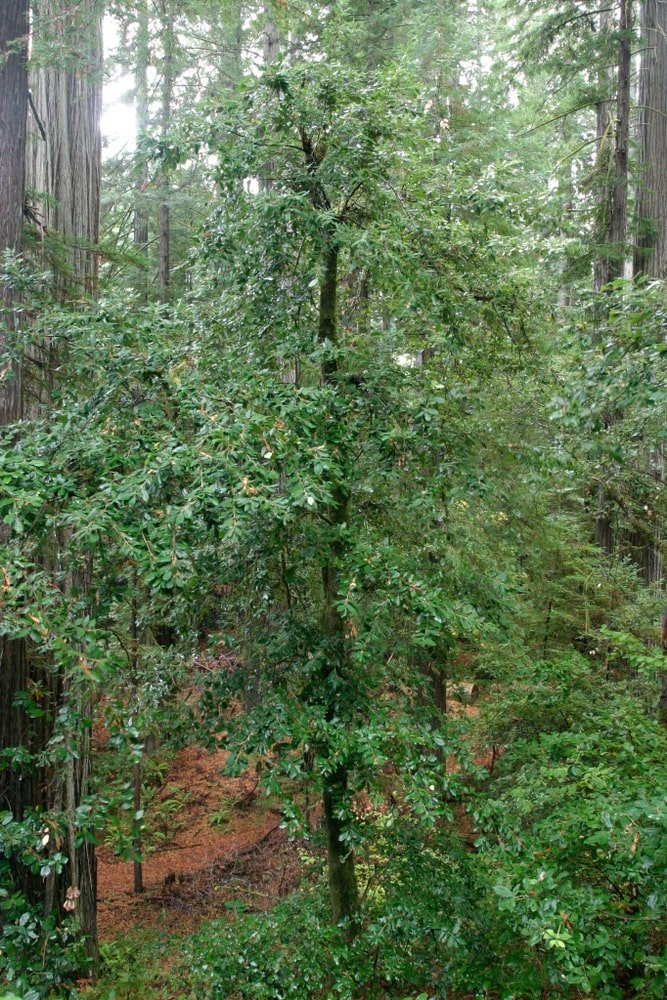
These are large trees that grow up to 40 meters and have thin trunks. Tanoak trees are native to particular regions like some parts of Northern California and Southern Oregon. They have light brown, thin barks with large, waxy, and leathery textured leaves.
-
Monkey Puzzle Tree
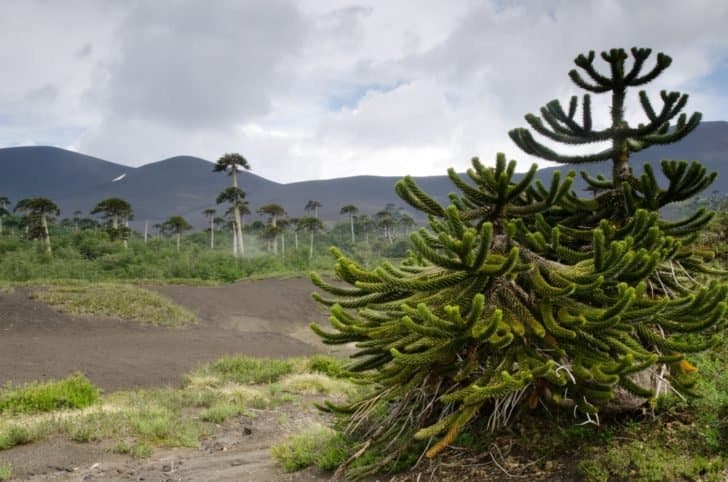
This weird-looking tree is also called Monkey Tail tree or Chilean Pine. It grows to over 50 meters, and its leaves are sharp and scale-like. Monkey Puzzle trees are native to the Andes Mountains in Argentina and Chile. Recently, they are often seen in botanical gardens in Europe.
-
Basswood Tree
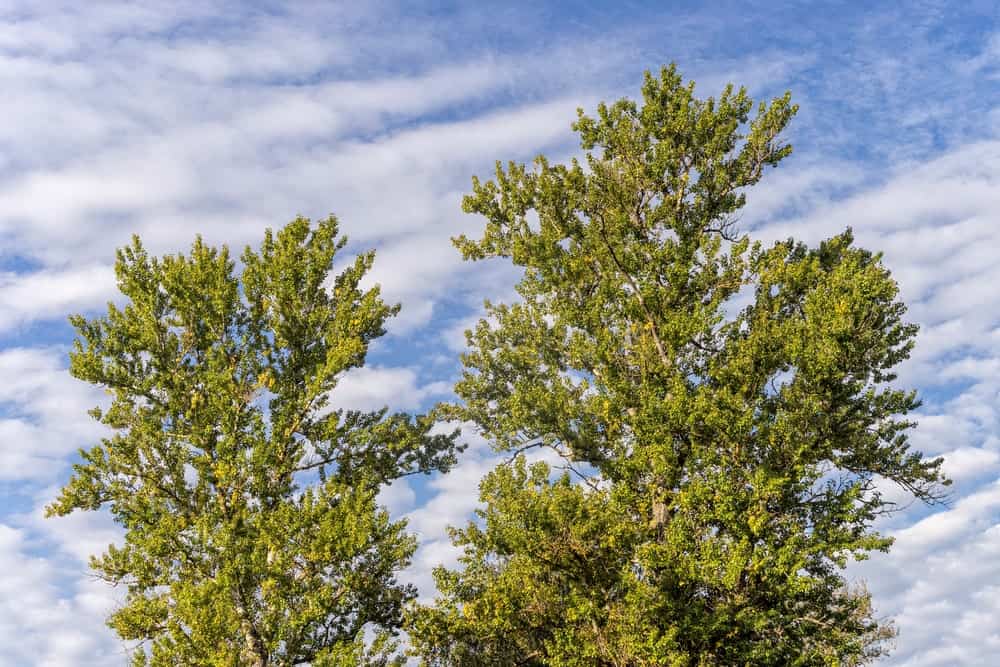
This tree is also called American Linden and is found in Oklahoma, Minnesota, Nebraska, and some places in Canada. It grows up to 35 meters in well-aerated mesic soil. Previously, the bark of Basswood trees was used to make handicrafts like baskets, rope, and even fishing nets.
-
Pitch Pine Tree
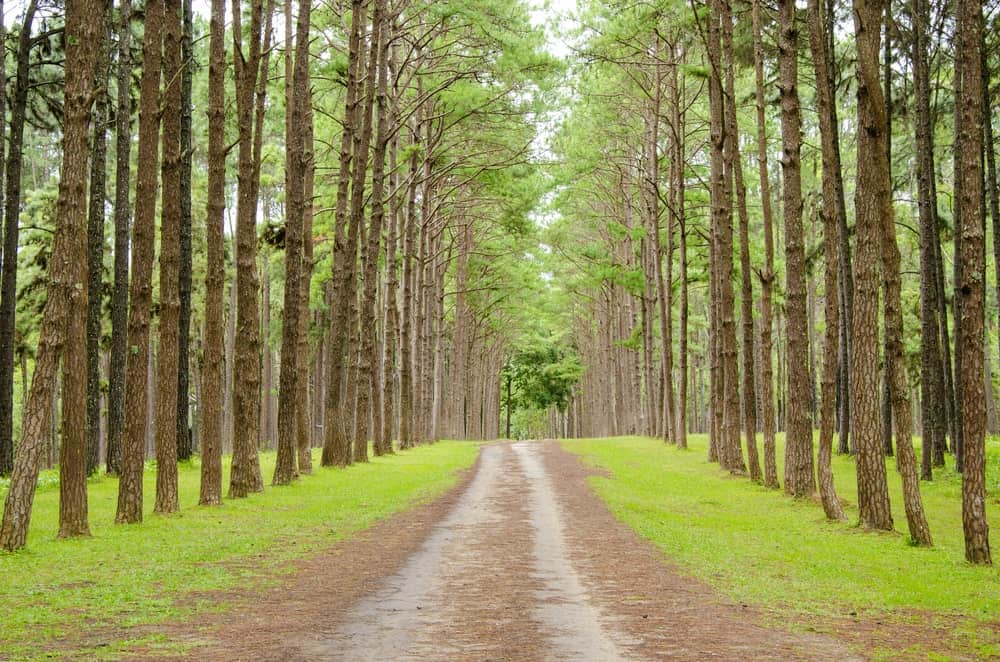
Pitch Pine trees are often found in eastern parts of North America. What makes them unique is that they can flourish in conditions and environments otherwise unsuitable for plants. The tree bark is thick and coarse, making it fire-resistant and able to survive forest fires.
-
Red Pine Tree
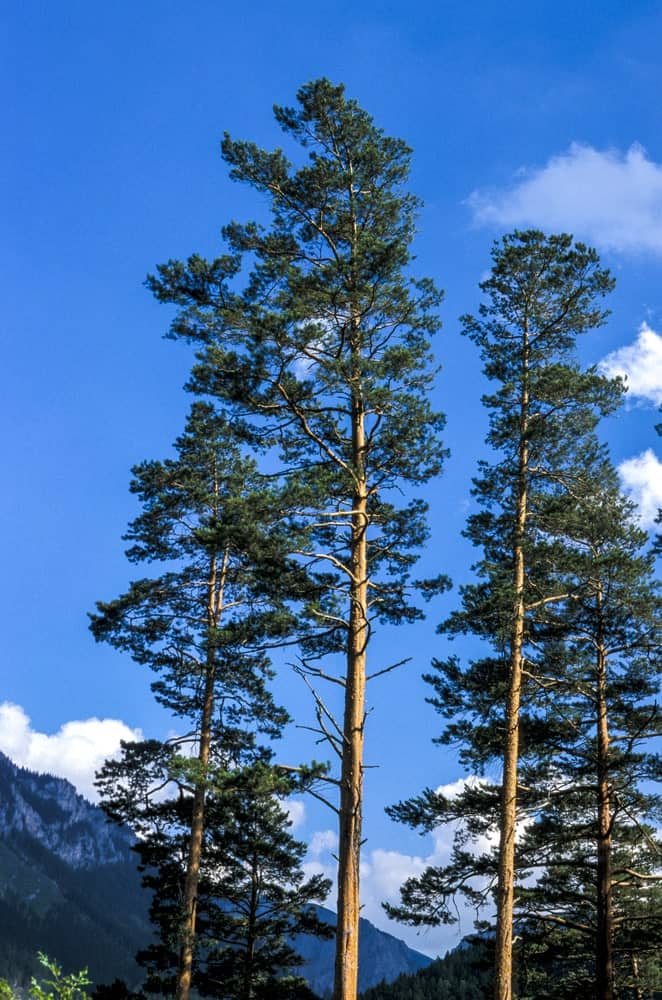
This tree grows quite rapidly up to heights of around 20 - 25 meters. If conditions are ideal, they may even grow up to 50 meters. They are usually found thriving in sandy soils and low nutrient soils of Europe, the United Kingdom, and the United States. Also, their leaves look like needles and are naturally replaced after five years when they shed.
-
Ponderosa Pine Tree
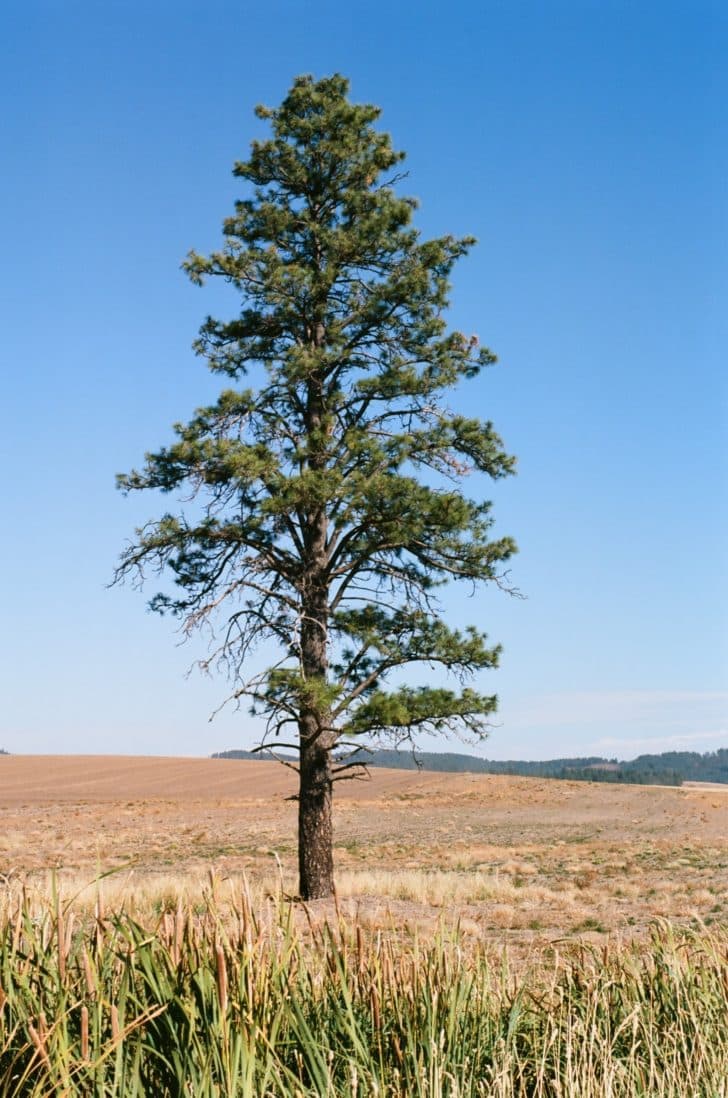
This coniferous tree is found in some of the driest climates in North America. They are the most common tree in the scorching areas of Colorado and are scattered all over California, Arizona, and New Mexico. Ponderosa Pines usually grow 30 to 40 meters, although some are known to reach above 70 meters.
-
Scotch Pine Trees
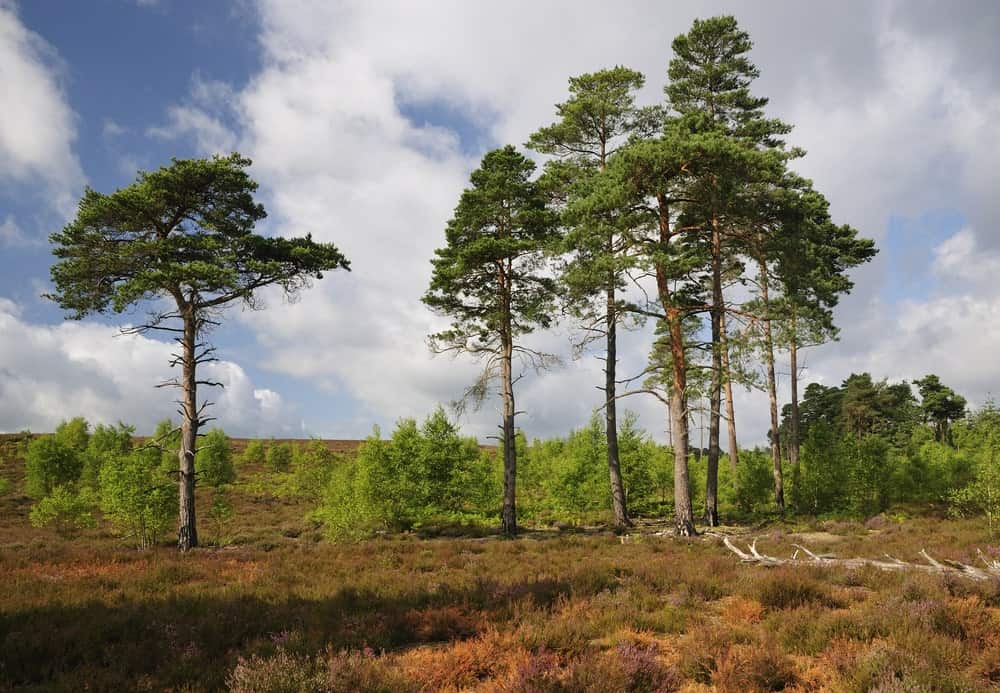
Found in the British Isles and the United States, this coniferous evergreen tree is also found in some parts of Asia. Scotch Pine trees grow in sandy soils with low nutrient values, rocky areas, or near forest limits. Usually, the wood is used for pulpwood and framing lumbers.
-
Butternut Tree
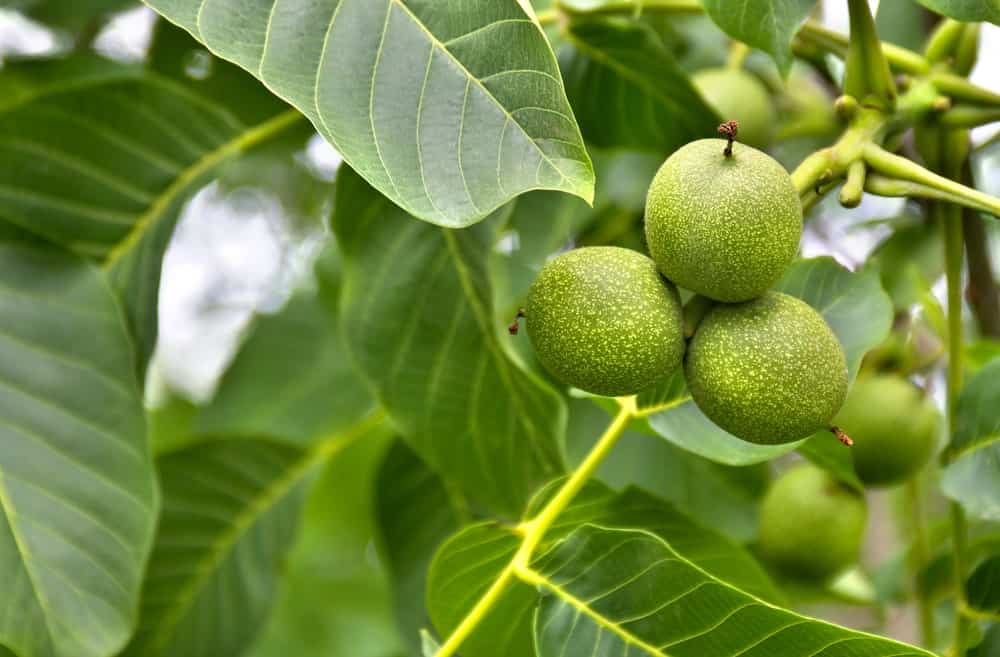
This tree is native to Southeast Canada and eastern parts of the United States. Butternut trees depend on moist and acidic soil to grow correctly. The trunk is used widely for building furniture and carving objects. Also, its oils are extracted and used for making medicines and dyes.
-
Bristlecone Pine Tree

This unique tree has one of the longest lifespans when it comes to trees or any living thing for that matter. Each tree can survive for up to 3000 years. Bristlecone Pine trees are found in the driest and harshest conditions. Curiously, they are peculiar-looking and rare and are often a fascinating subject for botanists to study.
-
Wollemi Pine
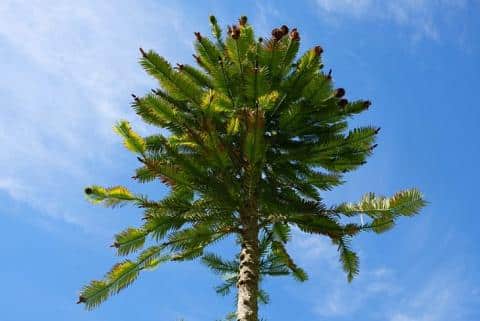
Wollemi Pine trees are considered a critically endangered species and are rare among the Pine family. They are endemic to Australia; however, people have begun cultivating them in different parts of the world. These trees have a haphazard branch formation with stems jutting out in different directions.
-
Coast Redwood Tree
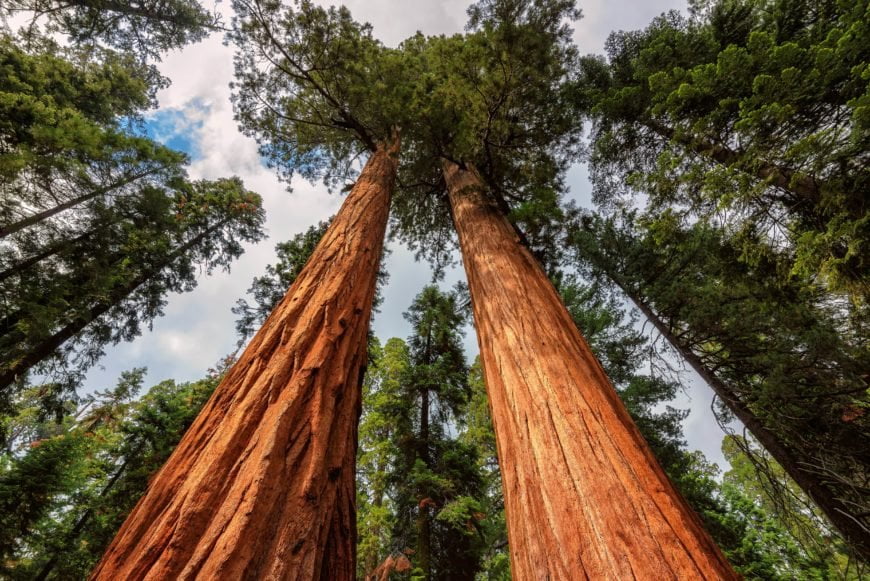
The Coast Redwood tree might be one of the recognizable trees in the world. They are famous for their enormous size and height. An average Redwood will grow over 100 to 120 meters tall, and the groves are found in northern regions of California and southwestern Oregon.
-
Neem Tree
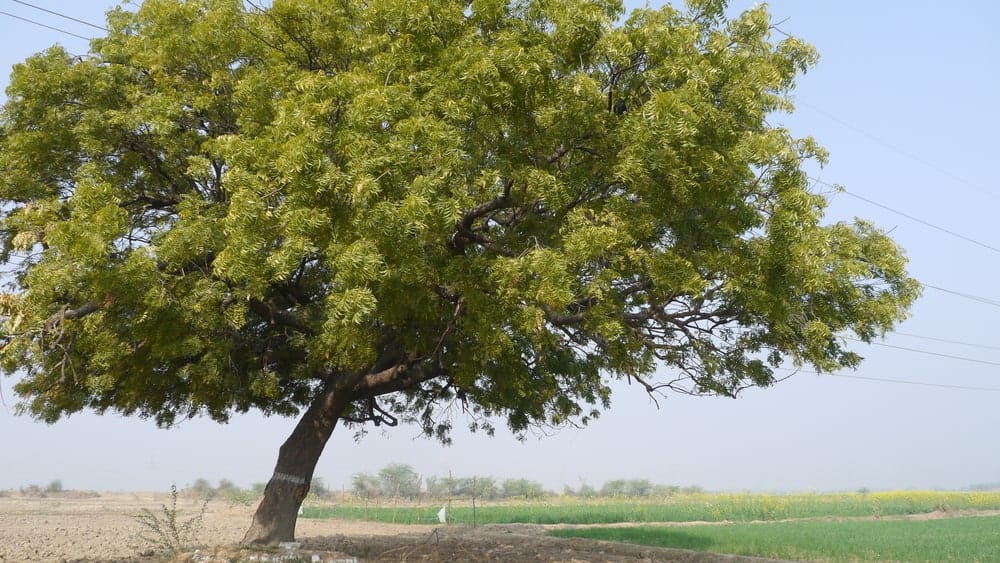
This is a tall tree growing up to 40 meters and grows easily in most types of soil. Moreover, this tree is usually found in tropical and subtropical regions of India, Iran, Laos, Thailand, and Vietnam. Also, Neem trees are known to be resistant to floods and have medicinal properties.
-
Sweet Cherry Tree

This deciduous tree bears the most succulent and sweet fruits which are relished across the globe. Sweet Cherry trees originated in Europe, the British Isles, some parts of Asia, North Africa, and Iran. However, now they are found in North America as well as Australia.
-
Pin Cherry Tree
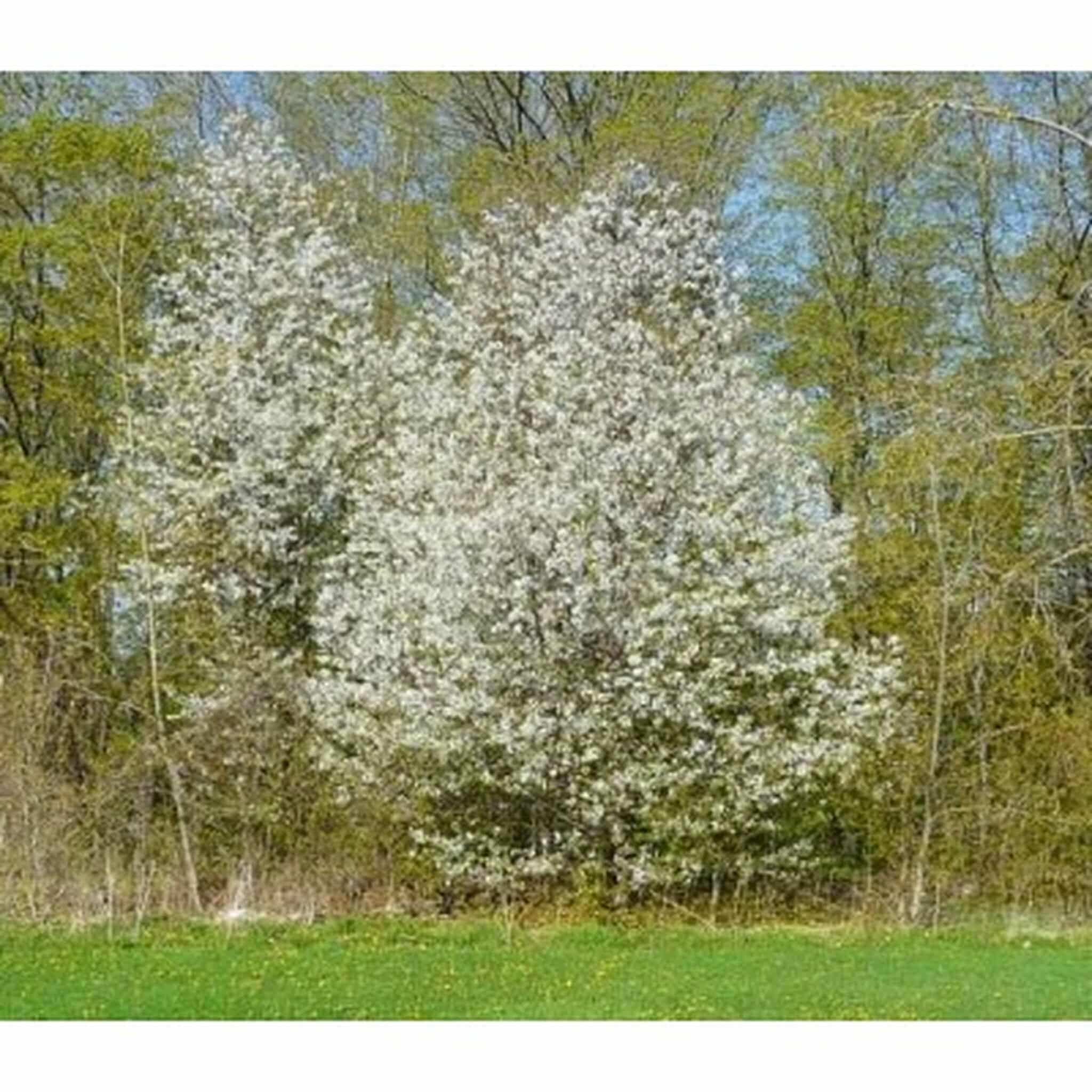
Native to North America and Canada, the Pin Cherry tree thrives in abandoned locations even with soil depleted of nutrients. It holds dirt firmly in place in case of flooding, thus indirectly helping other species of plants and trees around it. Also, the bark is often reddish-brown and smooth and gets rough as it matures.
-
Black Cherry Tree
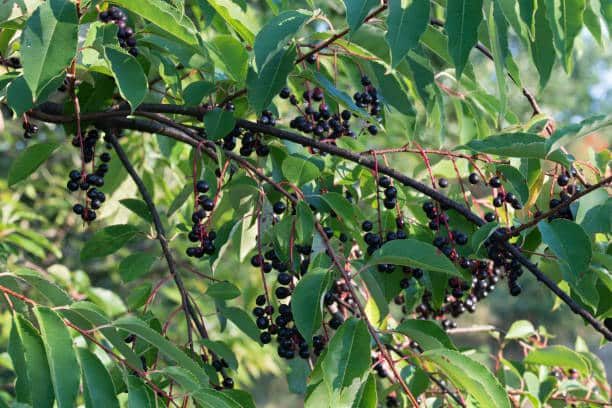
Black Cherry trees grow in moist and damp hillsides or rich soiled bottomlands of North and South America. The leaves are beautifully shaped and pointed, glossy and deep green. Its wood is highly sought after for making furniture, cabinets, fence posts, tools, and other interior design products.
-
Sour Cherry Tree
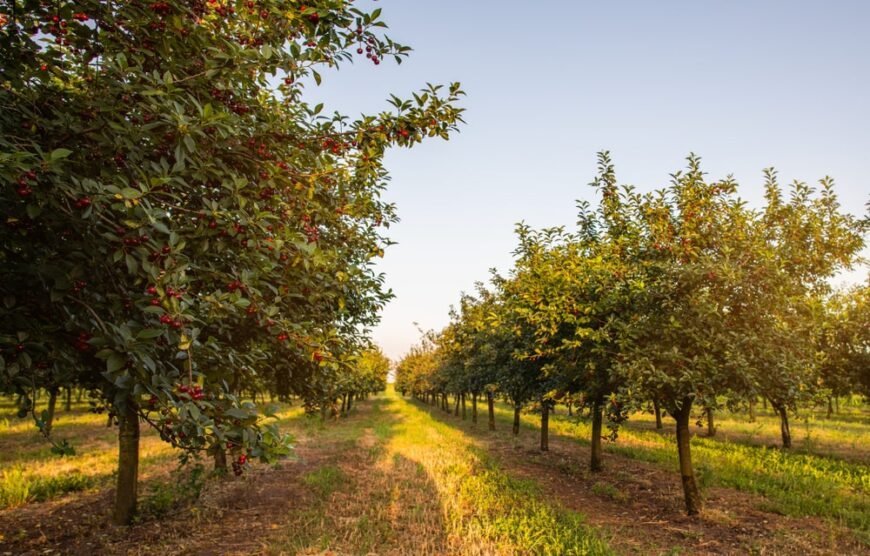
Compared to its cousins, the Sour Cherry tree or Dwarf Cherry tree is much smaller. This tree is native to Europe and Southwest Asia and grows up to 5 to 10 meters in height in rich, moist soil. Additionally, the fruits are enjoyed worldwide in desserts, cakes, pies, liqueurs, and fermented beer.
-
Black Locust Tree
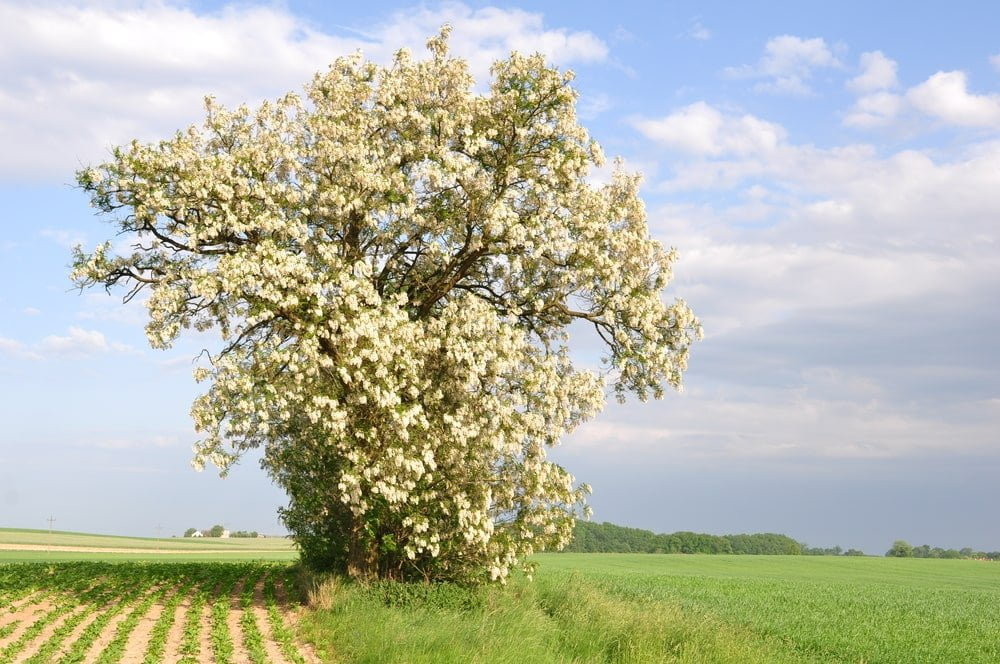
This tree is difficult to distinguish from Acacia, thus earning an alternate name, "False Acacia." Native to North America, nowadays it is cultivated in South America, India, Canada, and New Zealand. It is considered an invasive species because it competes with other trees to populate exponentially, even turning grasslands into forests.
-
Cucumber Tree
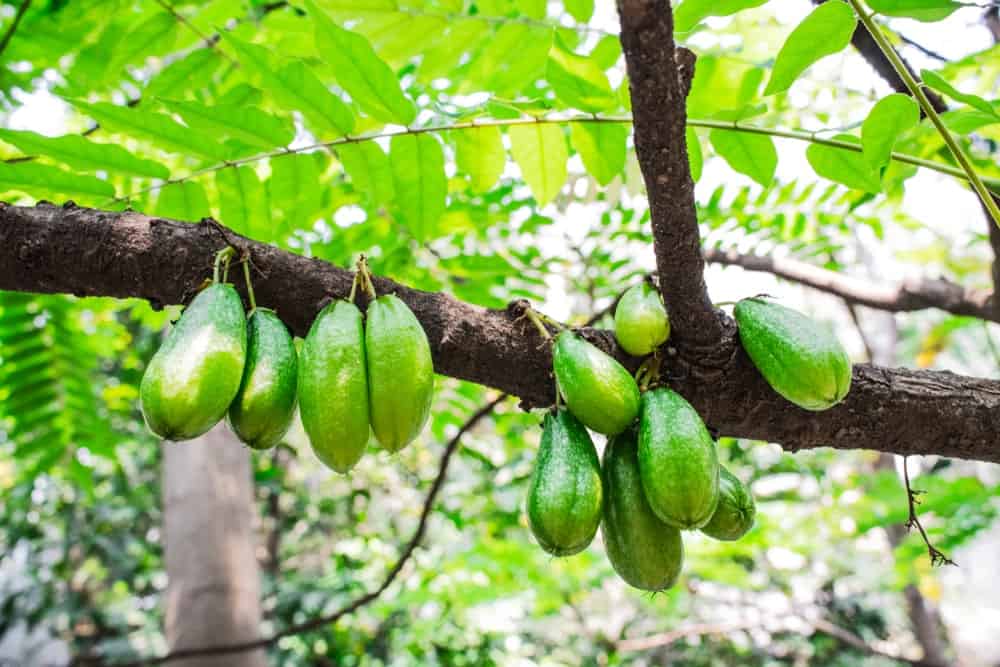
This deciduous tree is one of the largest Magnolia tree species ever found. It doesn't grow cucumbers, but it is named as such because it produces fruit that resembles cucumbers. Apart from that, they are most often seen in eastern parts of the United States and southern Ontario as ornamental trees.
-
Bigtooth Aspen Tree
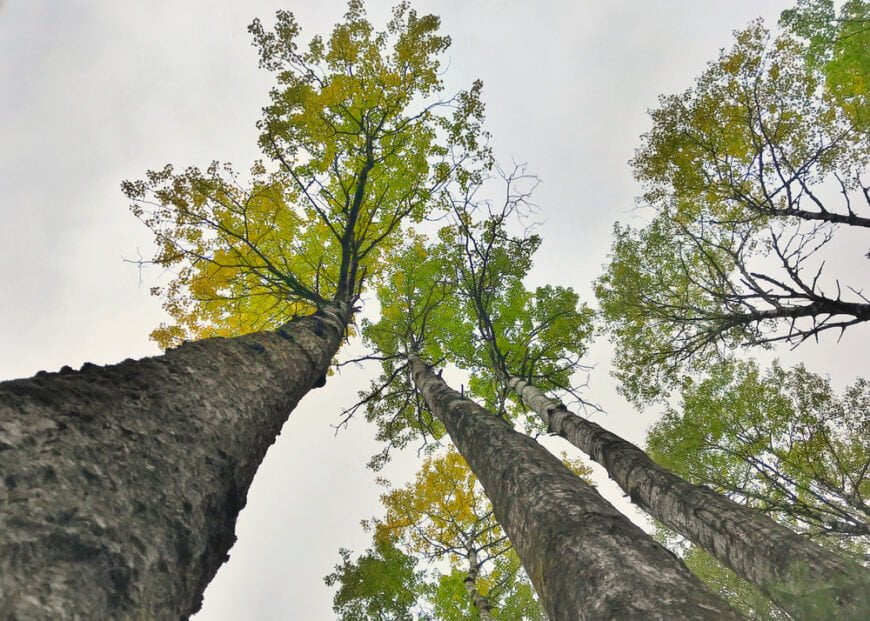
This tree is also commonly known as American Aspen or Canadian Poplar. Its leaves are sharp and tooth-like. As such, it is a deciduous tree found in Virginia, Nova Scotia, and Manitoba. They can grow in various types of soils, but they thrive in well-aerated soils and plenty of sunlight.
-
Quaking Aspen Tree
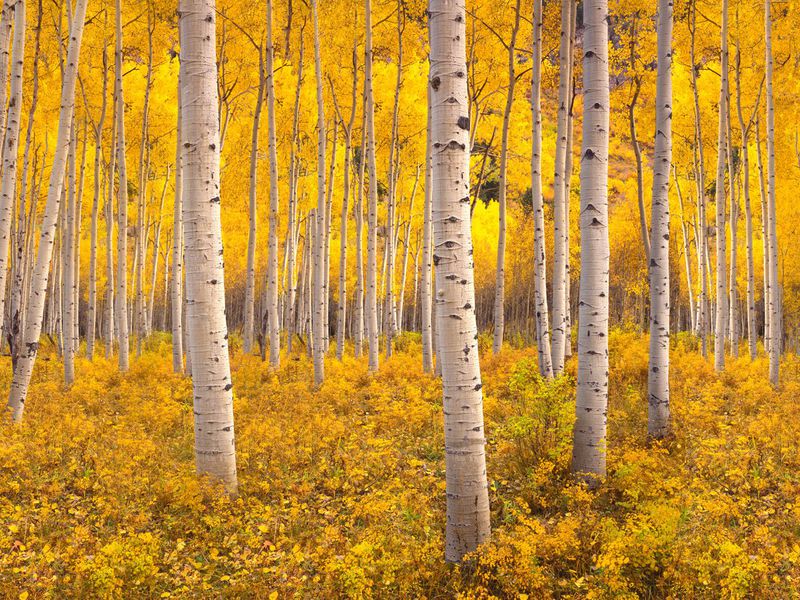
Quaking Aspen groves are sometimes so widespread at the roots that the entire forest consists of one interconnected tree. This tree is found in cold temperatures but needs ample water and sunlight to grow up to 40 meters. Usually, it is found in Iceland, Britain, Scandinavia, Spain, Turkey, and Japan.
-
Mountain Magnolia Tree
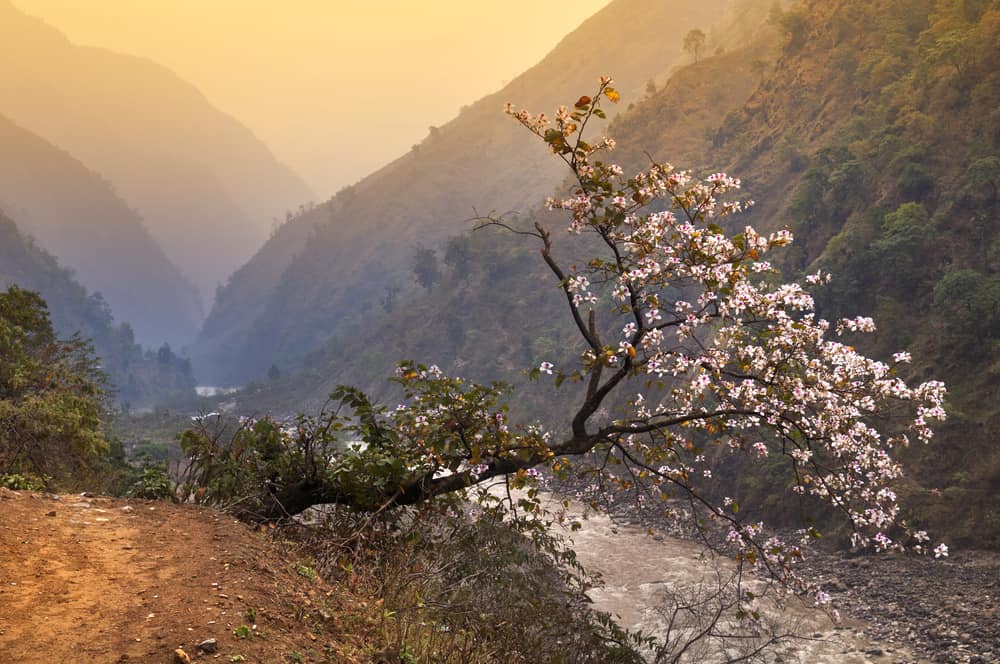
Also known as Fraser Magnolia, this tree is native to the United States, Atlantic and Gulf coasts, and the Appalachian mountains. These are relatively small trees, growing up to about 15 meters. Apart from that, this beautiful tree is widely used as an ornamental addition to landscapes and gardens.
-
Sweetbay Magnolia Tree

This tree is also called Whitebay Magnolia or Swampbay Magnolia. As the name indicates, it grows in swampy and lowland areas in the Atlantic coastal plains of North America. Interestingly, this tree behaves as either deciduous or evergreen type according to the environment around it.
-
Purple Magnolia Tree
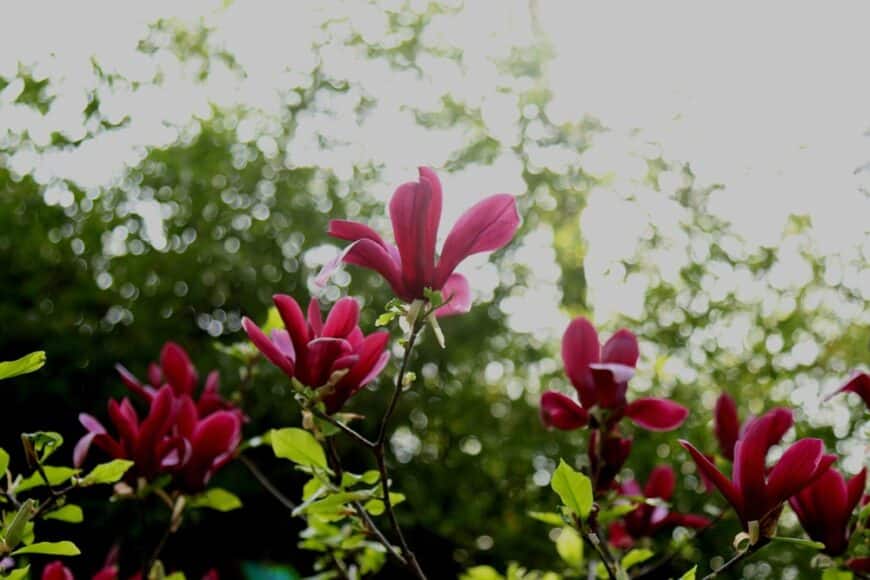
Purple Magnolia trees are easily distinguishable for their large flower blooms in striking red, purple, and dark pink colors. They grow well in fertile, acidic soil and can tolerate bright sunlight. Even though they are native to southeastern parts of China, they are now cultivated all across Europe, North America, and Japan.
-
Honey Locust Tree
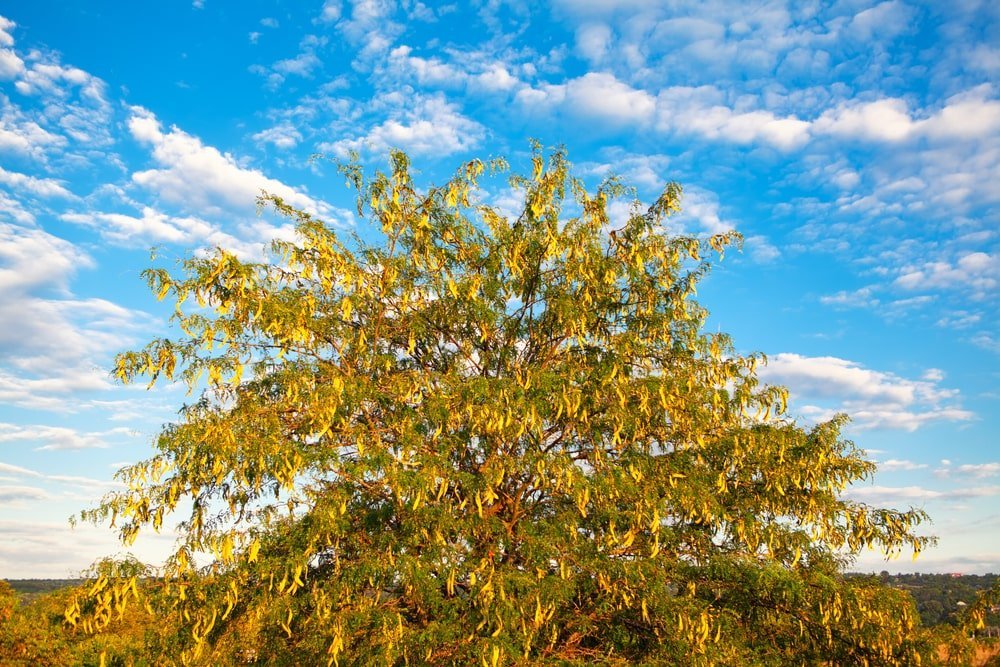
This tree originates in North America and is notorious as an invasive species due to its ability to adapt quickly to new environments. Honey Locust trees develop thorny spikes which prevent animals from eating their leaves. Moreover, the barks and twigs are valuable for medicinal purposes.
-
Holm Oak Tree

Holm Oak or Holly Oak is native to Eastern Mediterranean regions and is now commonly found in Europe and the British Isles. Since this is an evergreen tree, the leaves stay green throughout the seasons. They prefer a moderate temperature and begin to die in icy regions.
-
Chestnut Oak Tree
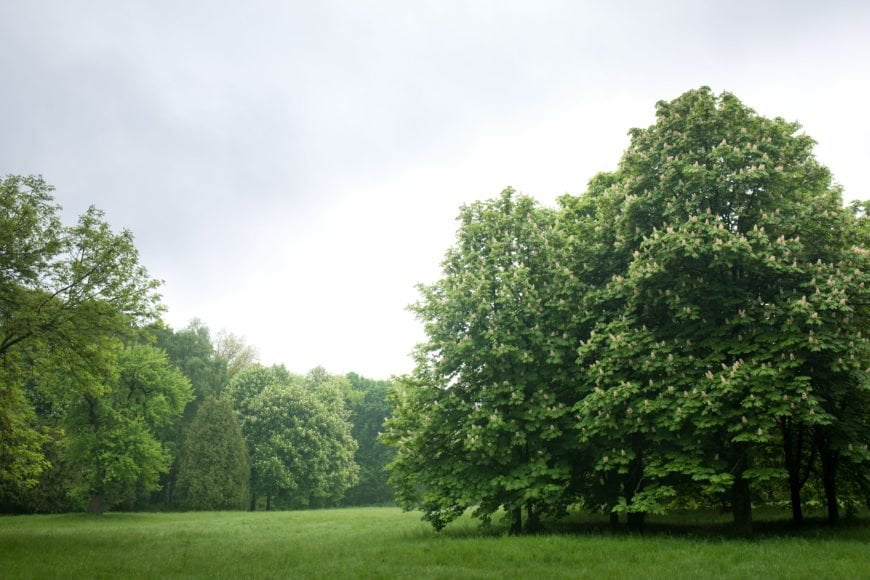
This is a medium-sized tree that grows on rocky ridges, hillsides, and dry land. It can be seen in the eastern part of the United States. When it is young, the bark is light yellow-brown and smooth. As it matures, the trunk becomes dark brown and black with deep furrows.
-
English Oak Tree

English Oaks are a common sight in southern and central Britain. As these Oaks mature, they form a broad crown-like shape with firm branches on the inside. It produces long, yellow-hanging flowers which are capable of spreading pollen in the air.
-
Scarlet Oak Tree

The Scarlet Oak has vibrant red leaves in winter, making it a stunning spectacle on a snowy landscape. This kind of oak tree is native to Eastern and Central United States. Due to its unique beauty, it is often used in home gardens as an ornamental piece.
-
Turkey Oak Tree
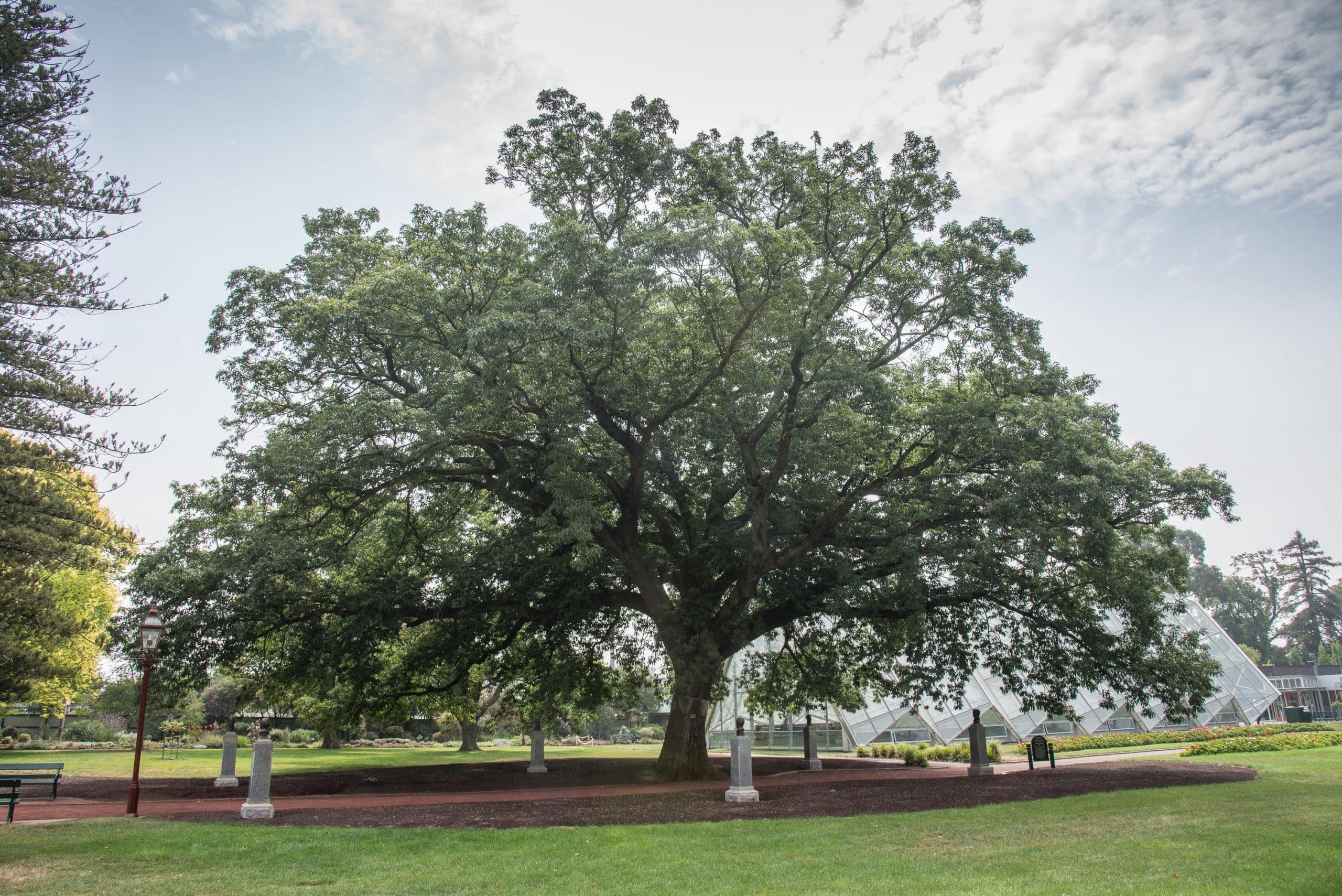
Turkey Oak tree, sometimes also known as Austrian Oak tree, is native to Southeast Europe and some parts of Western Asia. It is cultivated in France, across the Balkans, and Turkey. It is mainly an ornamental tree. People do not use it for timber because it isn't sturdy enough.
-
White Oak Tree
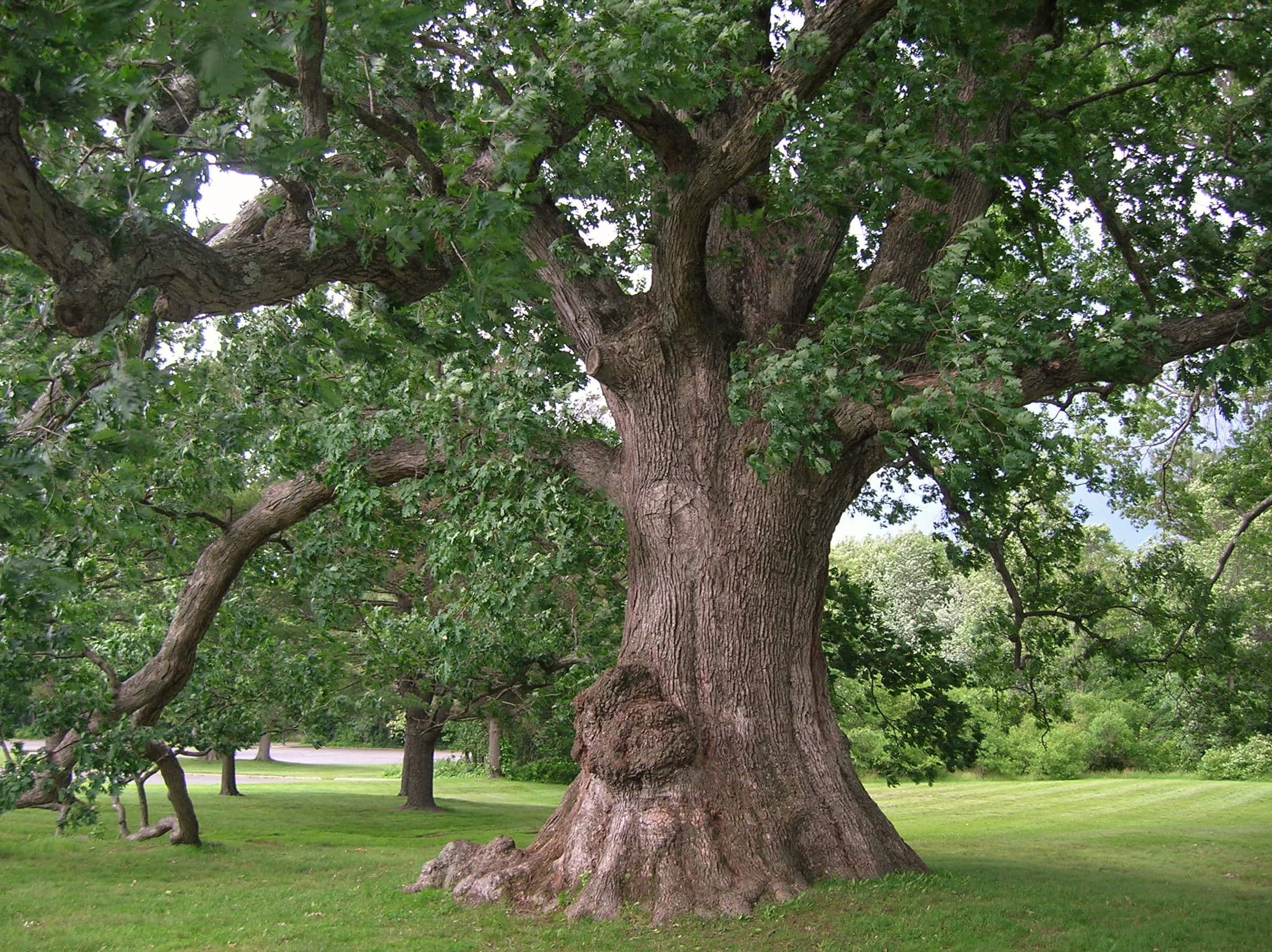
White Oak tree is described as "White" because when it is reasonably young, the trunk is a pale light gray color - which is unusual for trunks. It is considered to produce the best quality timber, which is why it is used to make flooring and furniture.
-
Giant Redwood Tree

Giant Redwood trees are endemic to the Sierra Mountains of California. They are known for their massive trunks and ability to live for centuries. The oldest known Giant Redwood is said to be 3200 years old. These trees are scarce and require vast amounts of water to survive.
-
Dawn Redwood Tree
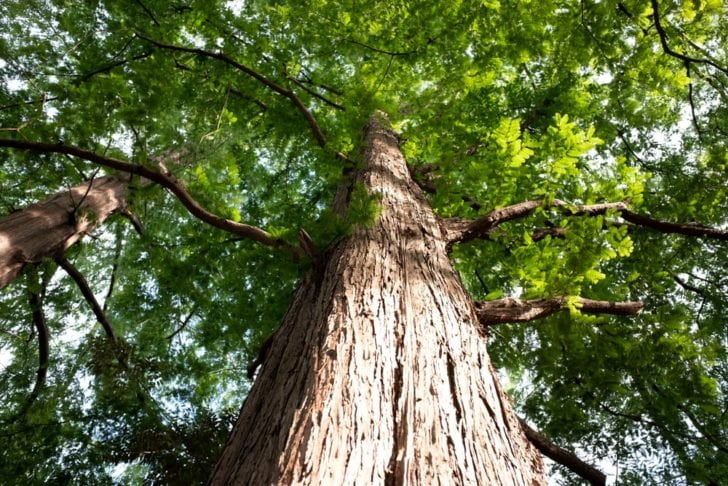
There are only three surviving species of the Sequoia family, and the Dawn Redwood is one of them. It is native to Southeastern China but is found in other places like the United States and Europe. Dawn Redwood is called a "living fossil" because it is the same as it was a thousand years ago.
-
English Elm Tree
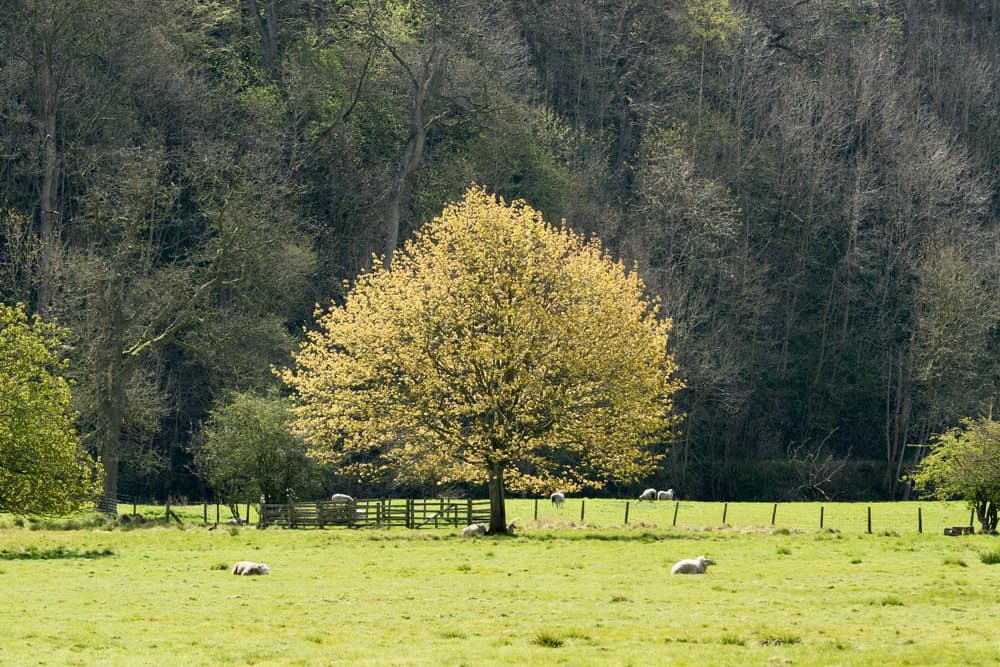
Also known as British Elm, this tree is easily recognized by its fan/crown-like appearance. These deciduous trees were found in large numbers in Central and Southern Europe. However, the Dutch Elm disease destroyed many of these gorgeous trees. Apart from that, wood is used for timber owing to its rot-resistant properties.
-
American Elm Tree
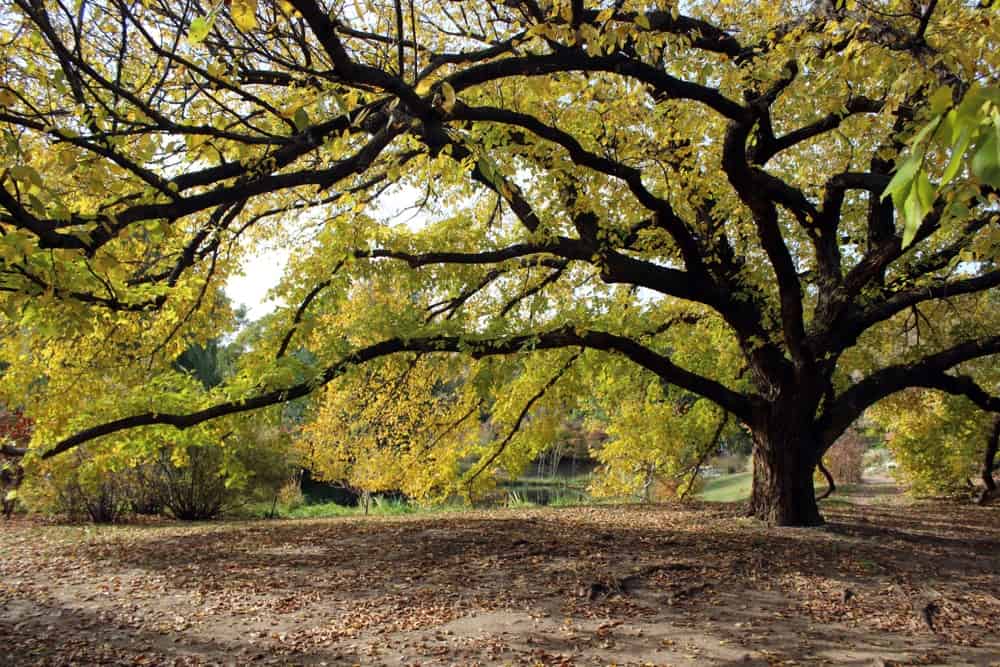
This alluring tree grows in the bottomlands in North America, specifically in Nova Scotia, Alberta, Florida, and Texas. The tough brown wood is commonly used to make sturdy crates, wheel hubs, and barrels. Over the years, the dark brown bark peels to expose a lighter white and brown surface.
-
Slippery Elm Tree
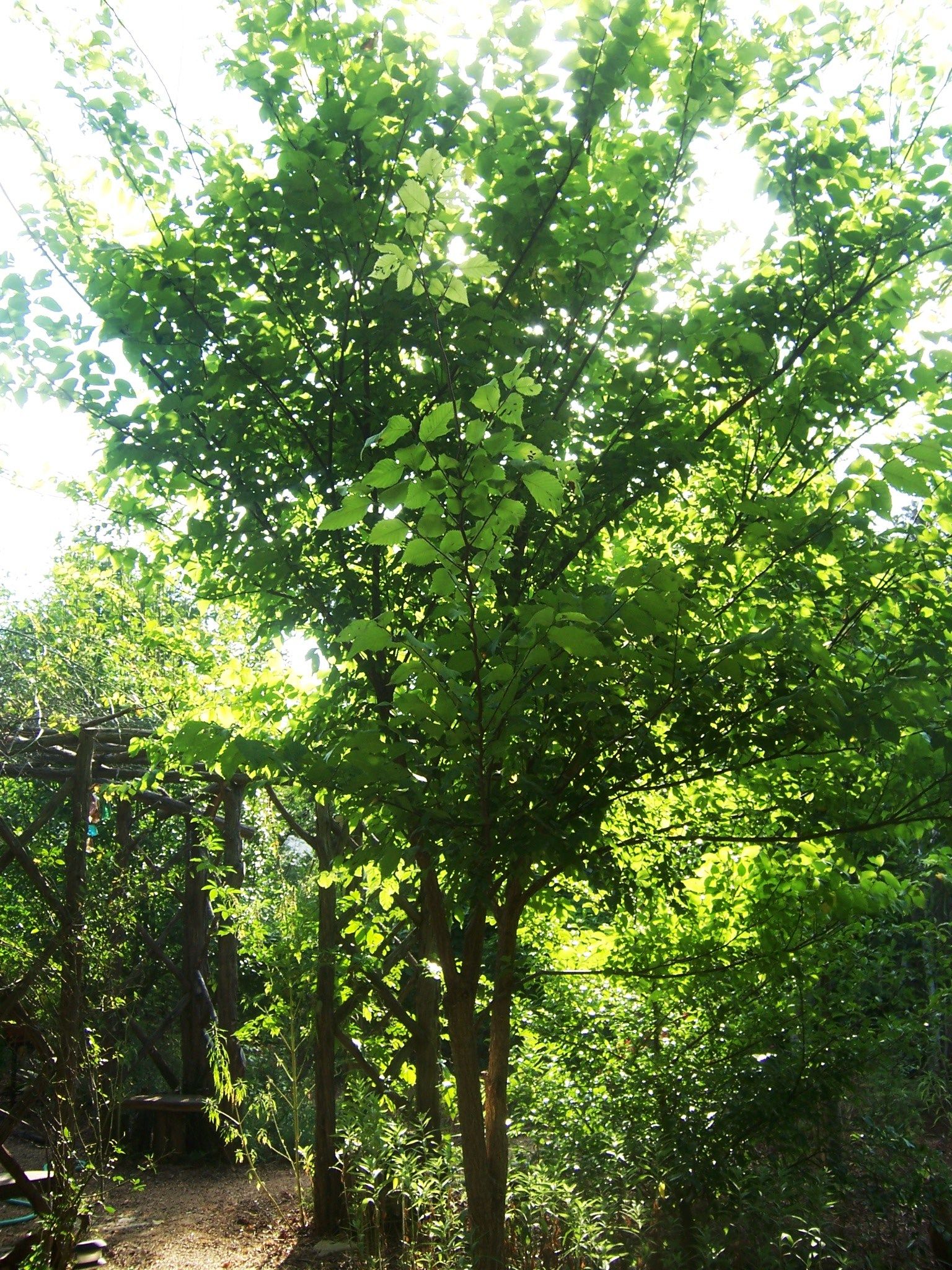
Slippery Elm trees are native to North America and found mainly in North Dakota, Maine, Quebec, Florida, and Texas. It can flourish even in low fertile areas and slopes. Besides, its wood is not used commercially for building materials but it is often used for medicinal uses.
-
Kauri Tree
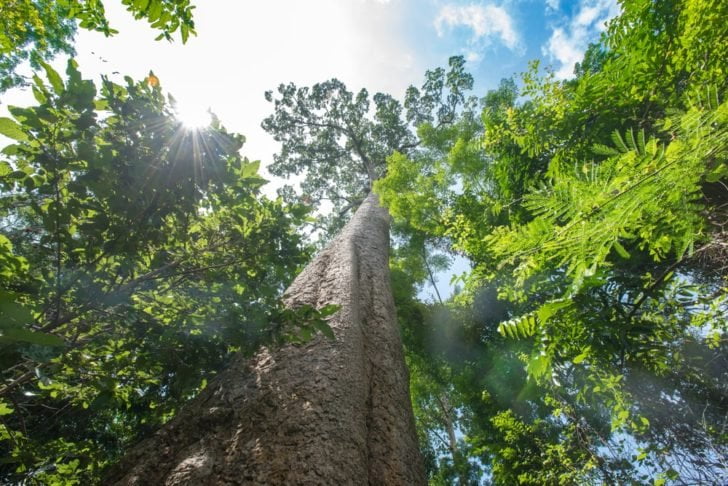
These trees are massive and have been around since the Jurassic period 200 million years ago. They are native and endemic to New Zealand (they cannot be found elsewhere in the world). Additionally, they have survived for millions of years because they can grow in any kind of soil and climate.
-
Nootka Cypress Tree
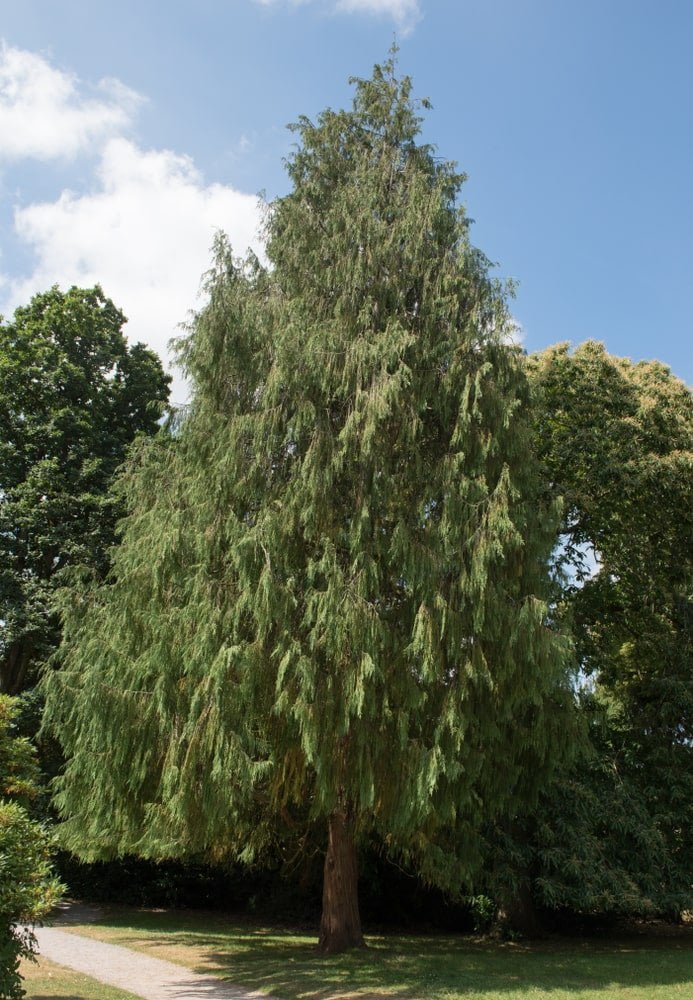
Nootka Cypress, also known as Yellow Cypress, Alaska Cedar, and Nootka Cedar, needs moist soil to grow effectively. These trees are found in North America, specifically on the west coast. They are known to make high-quality timbers because of their resistance to weather and insect damage.
-
Blueberry Ash Tree
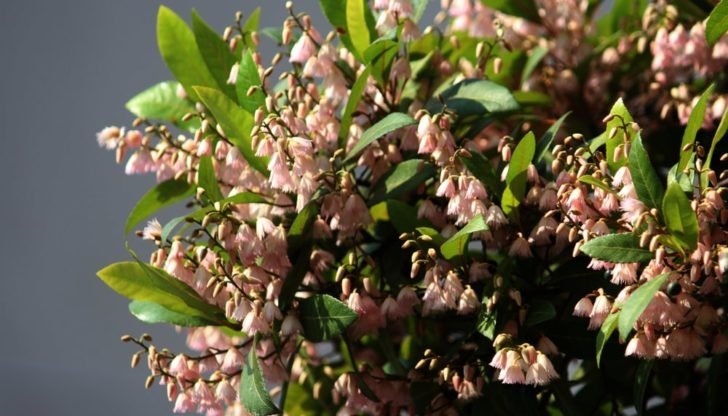
Also known as Ash Quandong, Fairy Petticoat tree, and Koda tree, this tree is found in warm regions near rainforests and stony ridges with heavy rainfall. Native to Australia, they have oblong-shaped leaves and exquisite pale pink flowers. The scent of these flowers is said to resemble blueberries.
-
Eastern Cottonwood Tree
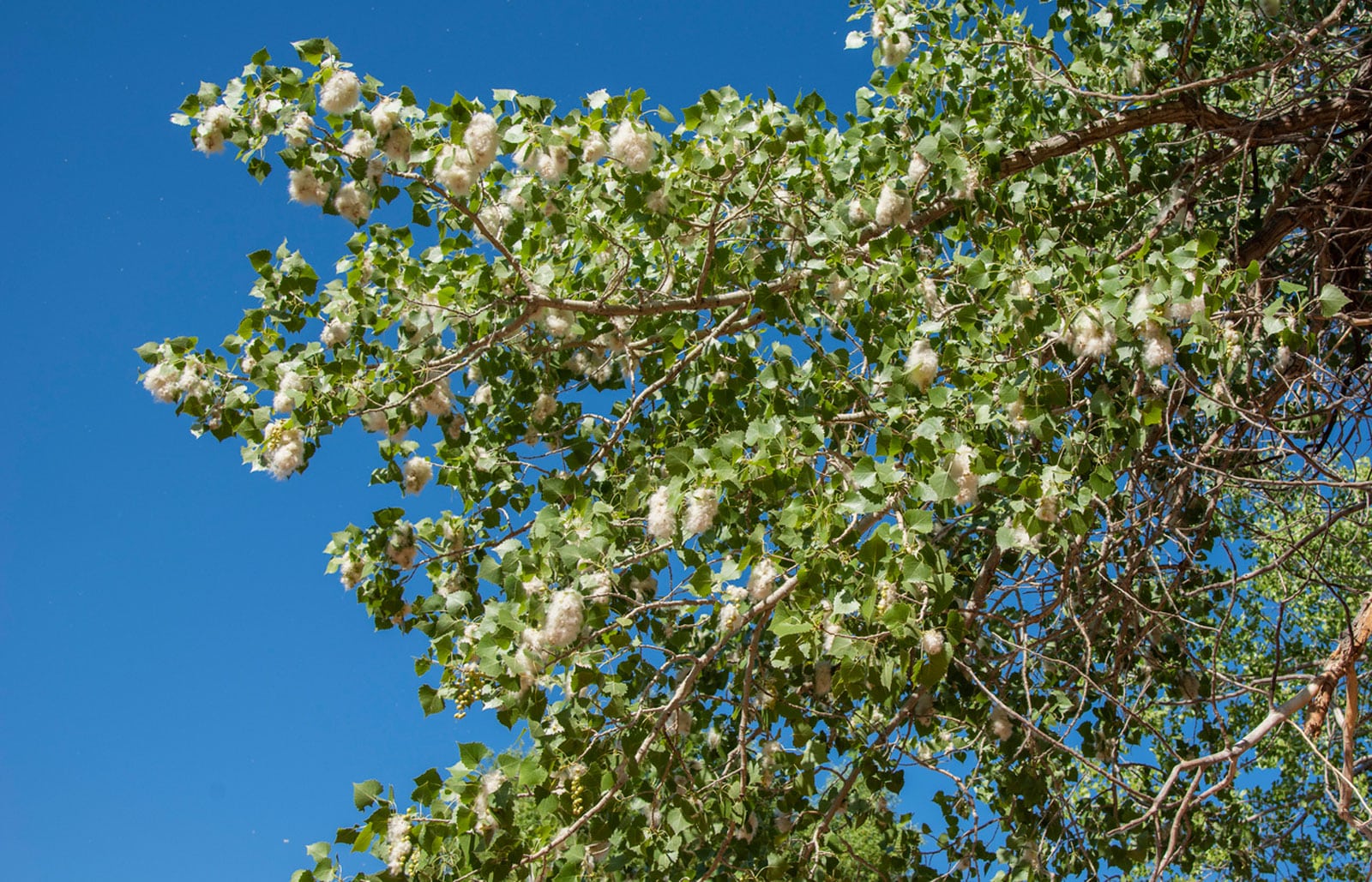
This is a deciduous tree found often in Mexico, Canada, and the United States of America. They grow very well in rich and moist soils, so they are naturally located near lakes and streams. In summers, Eastern Cottonwood trees shed large amounts of cotton which can be collected.
-
Bitternut Hickory Tree

The Bitternut Hickory tree flourishes in wetlands, pastures, fields, hillsides, and near streams. It gets the name "Bitternut" from its inedible fruit. The trunk and branches, when burned, emit a smokey fragrance, making it a popular wood for smoking meat during barbecues.
-
Pignut Hickory Tree
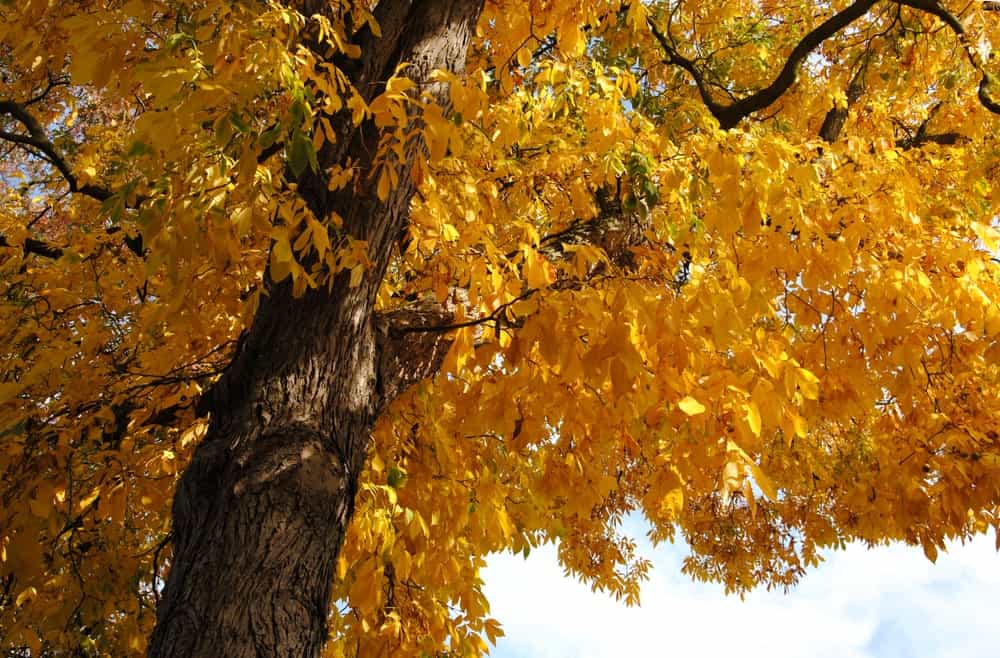
Found in hillsides and dry ridges of the Eastern United States and Canada, it is one of the most common trees in North America. It is recognizable by coarse-textured short ranches and an irregular crown. People do not use this tree for building things because the inner layers of the trunk are discolored.
-
Hawthorn Tree
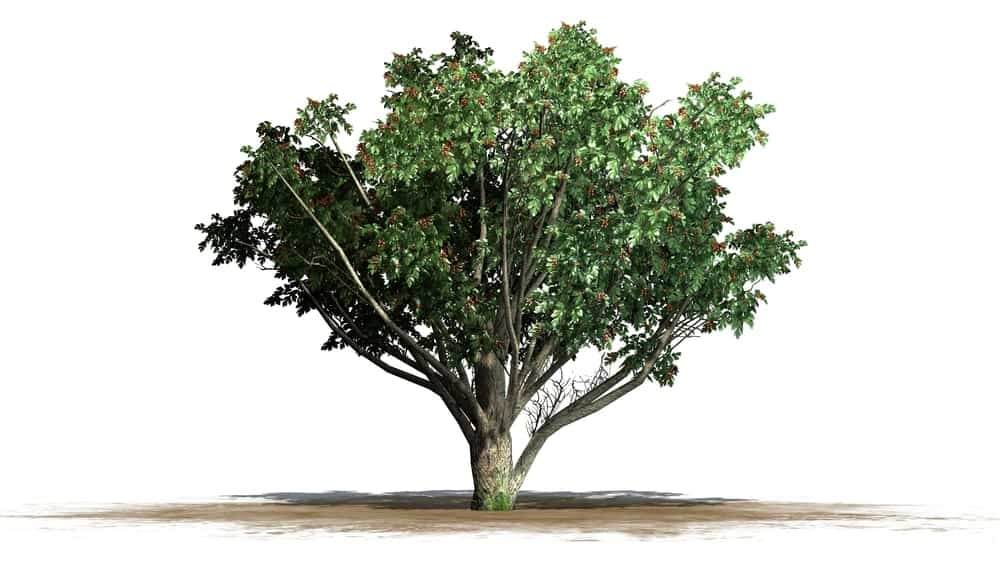
Most types of Hawthorns look similar, making it challenging to distinguish without looking at the flowers and fruits. They are found in North America and Europe. Interestingly, this tree had high spiritual importance in ancient cultures and was mentioned in folklore as a sacred tree.
-
Atlantic White Cedar Tree
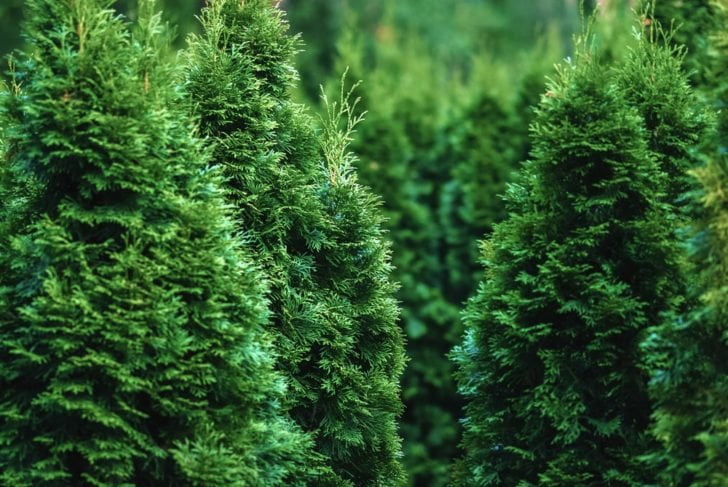
This tree is a member of the Cypress family and goes by many other names like Atlantic White Cypress, White Cedar, and False Cypress. They prefer freshwater wetlands and grow within 100 miles of the Atlantic coast and about 50 meters above sea level. Plus, they survive well in low temperatures.
-
Western Red Cedar Tree
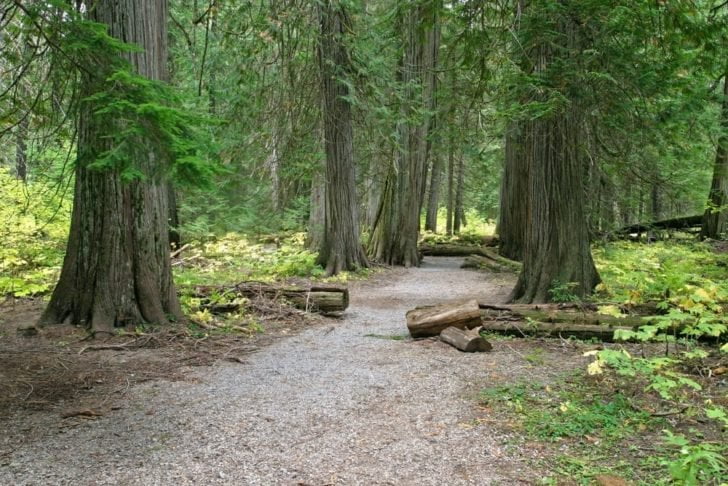
Also known as Pacific Red Cedar, these giant trees can gain heights of up to 60 - 70 meters. They are native to Western North America and grow along streams, marshy lands, mountainsides, and dense forests. Apart from that, the wood is used to make high-quality sailboats and kayaks.
-
Atlas Cedar Tree
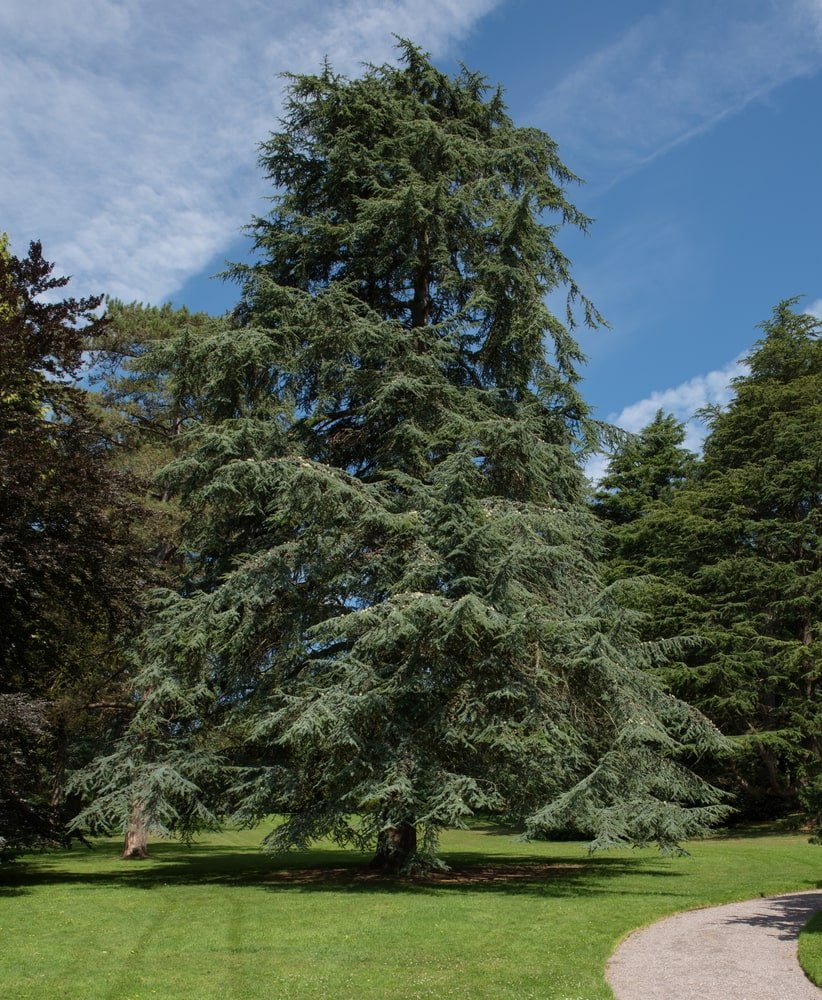
Atlas Cedar trees are native to the Atlas Mountains of Morocco, Algeria, and Tunisia. They grow in humid and temperate climates at elevations of 2000 meters above sea level. Not many other regions outside of Africa have this tree, but some places in the south of France grow it for timber.
-
Shagbark Hickory Tree
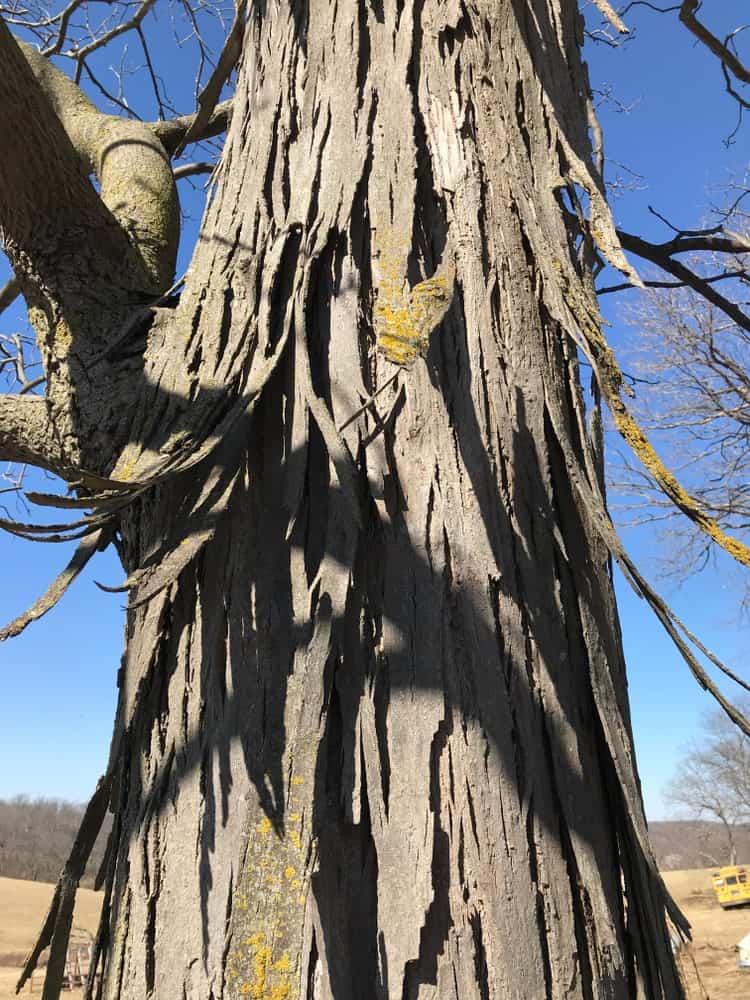
Shagbark Hickory trees grow the tallest and live the longest among all its cousins. They can grow up to 40 - 42 meters and live for 300 - 350 years on average. The bark of the tree is grey and smooth when young. As it ages, the bark peels but is still attached in the middle.
-
Southern Live Oak Tree
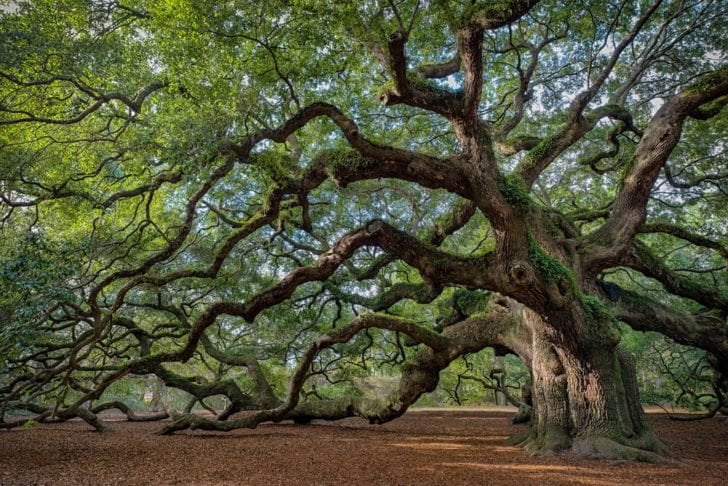
This massive and awe-inspiring tree is also known as Virginia Live Oak and Escarpment Live Oak. These trees are endemic to the United States and are found in marshy and swampy areas close to the coastline. Their elaborate branch structure, which touches the ground, makes them easily recognizable.
-
Kumquat Tree

These trees are native to mainly China and Japan but also found in other parts of Asia. In the 1800's they were introduced to Europe and the American continent. People harvest this orange-like citrus fruit in summers. Kumquat plants can survive in hot as well as cold temperatures.
-
Alder Tree
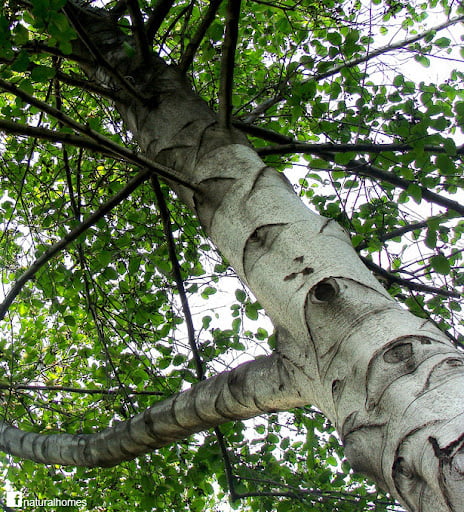
This tree is found in swampy and marshy lands of Europe, sometimes even observed to be thriving in water-logged areas. It has a great affinity to water; even when the soil is flooded for weeks, the Alder tree gets more rigid instead of rotting.
-
Copper Beech Tree

This striking tree is known for its deep and dramatic red-purple color. It thrives in the fertile and acidic ground, which is usually found on hillsides. Copper Beech trees prefer to grow in a humid atmosphere with well-drained soil. Often, they are planted as ornamental trees in gardens across Europe.
-
American Hornbeam Tree
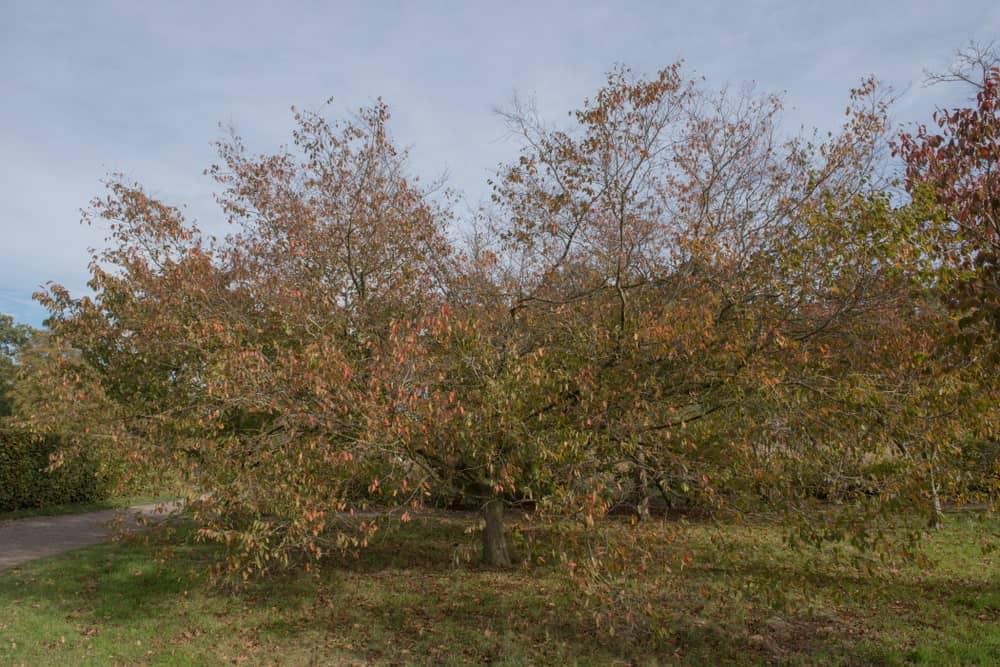
American Hornbeam is found in damp, swampy, and moist areas and also along the side of watercourses. The light cream-colored wood is hard and dense, making it the correct type of wood for making tools and handles. To add to it, it can also be used in gardens as an ornamental piece.
-
American Hophornbeam Tree
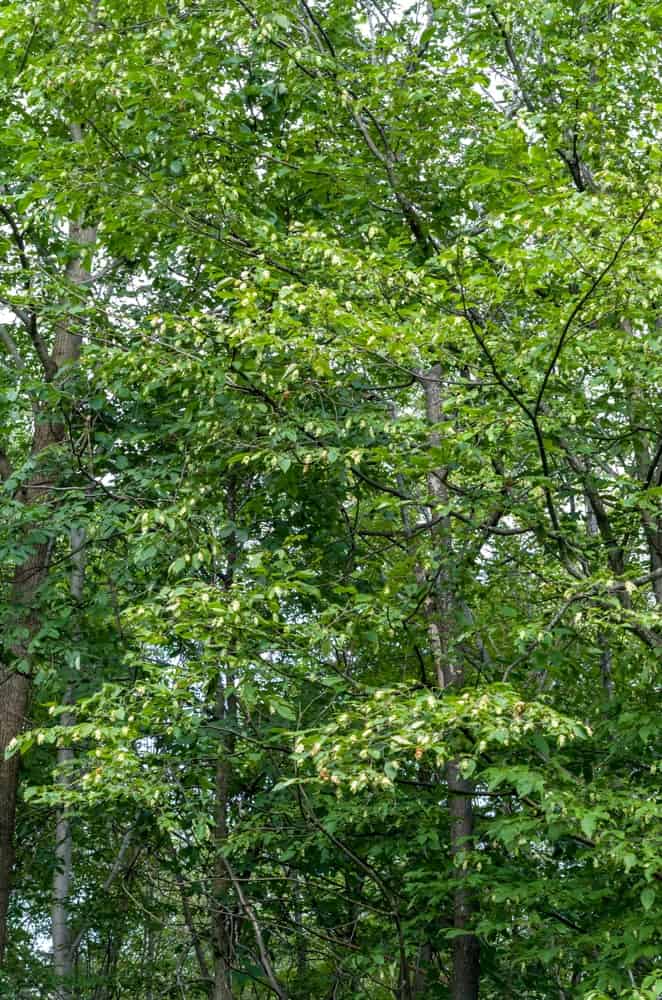
This tree is similar to American Hornbeam and grows widely in dry soils on ridges, rocky areas, and slopes. Even though it never grows more than 10 inches in diameter, it is incredibly sturdy and heavy. This gives it the name "Ironwood.” They are often used as fuelwood and building tools.
-
Bat Fig Tree
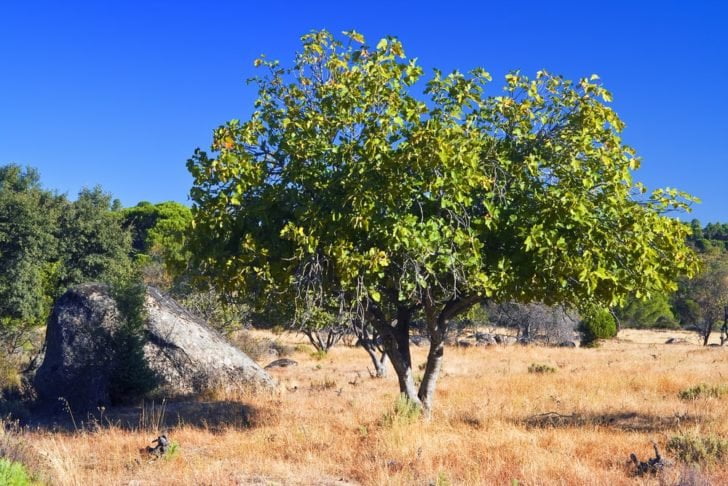
This tree belongs to the Mulberry family and is found in Western Asia and Mediterranean regions. They are also called the Indian Bat tree, Pimpri, Pipali, and Bilibasari tree. Bat Fig trees are cultivated for their delicious fruit and sometimes planted alongside coffee to provide shade to delicate coffee plants.
-
Plum Tree

This is a broadleaf, deciduous tree that is native to Europe and Asia. The European Plum tree is found in the Caucasus and the Caspian Sea, whereas the Japanese Plum tree originated in China and became naturalized all over Japan. The delicious fruit is relished all over the world.
-
Tulip Tree
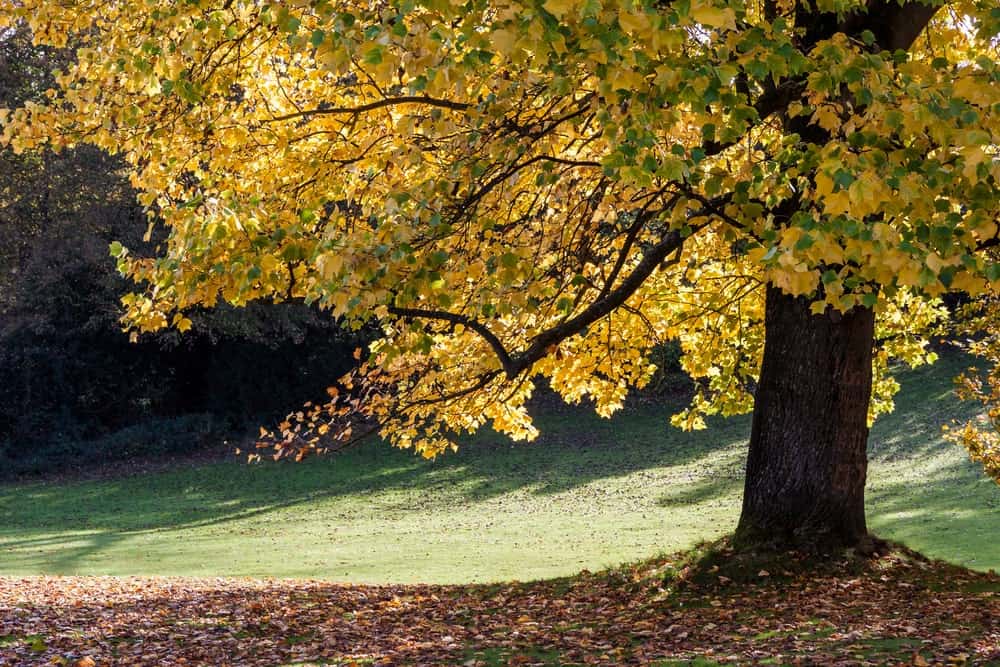
Tulip trees are part of the Magnolia family and they grow pretty tall, up to 60 meters on average. They bear striking red and yellow flowers which resemble tulips which is how they get their name. This is a tree with very deep and dense roots and needs moist soil to develop.
-
Sassafras Tree
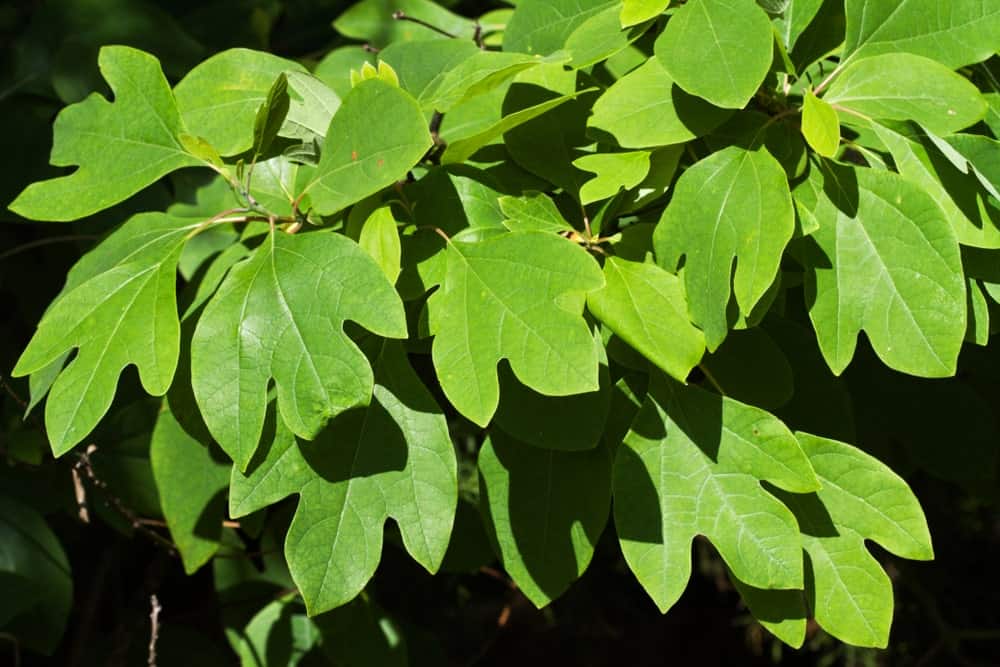
This tree is popular for its roots and bark, which are used to prepare traditional tea for hundreds of years. They grow in sandy soils, mountains, and hillsides of Eastern Asia and some parts of North America. Sassafras trees are mostly found at altitudes of 1500 meters above sea level.
-
Paper Birch Tree
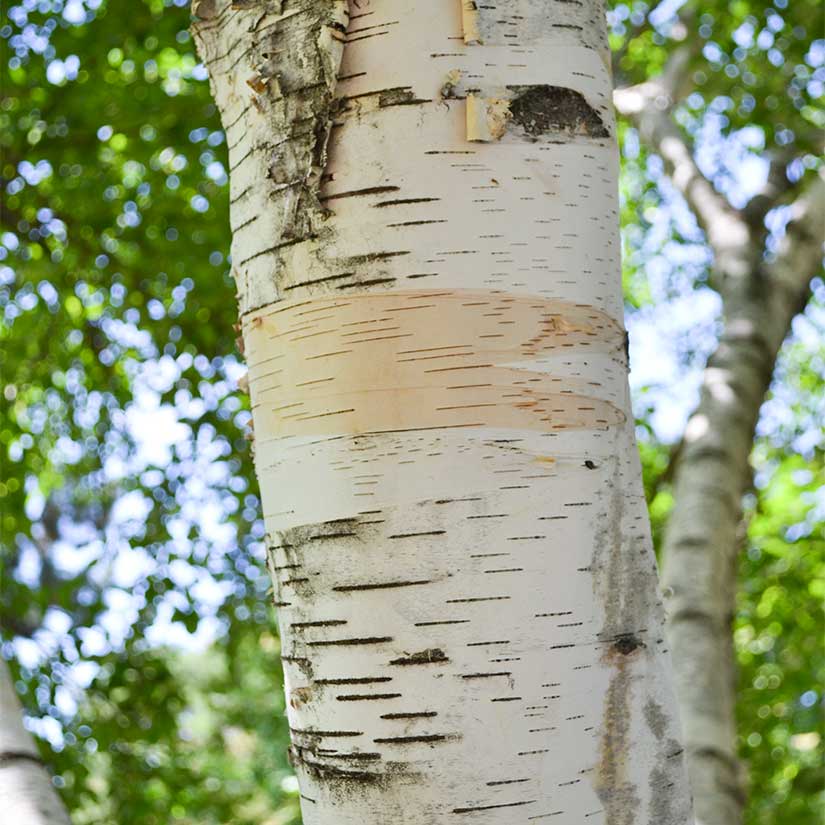
This tree is called Paper Birch because the trunk is made of thin layers that peel off, just like a paper roll. The bark changes color from reddish-brown to chalky white as it ages. They flourish near swamps, lakes, and rivers. Needless to say, they require moist soil to grow.
-
Gray Birch Tree
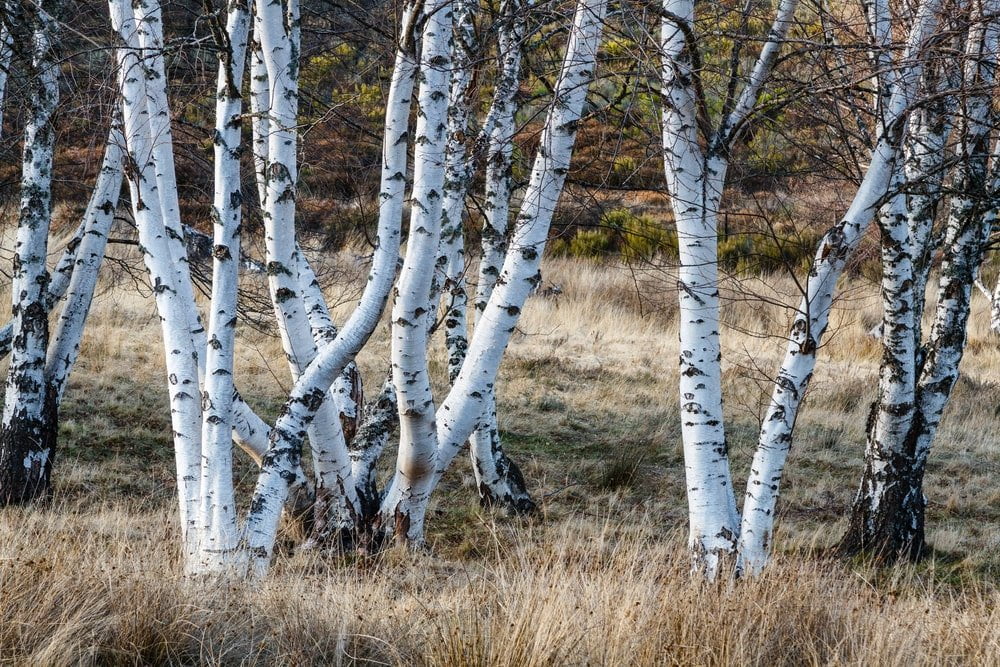
There are many kinds of Birch trees, and they often look similar but differ significantly. Gray Birch has a shorter lifespan of around 30 years, and they are also smaller at about 10 meters. These trees can survive in barren land and in soil with very little nutrients.
-
Black Birch Tree
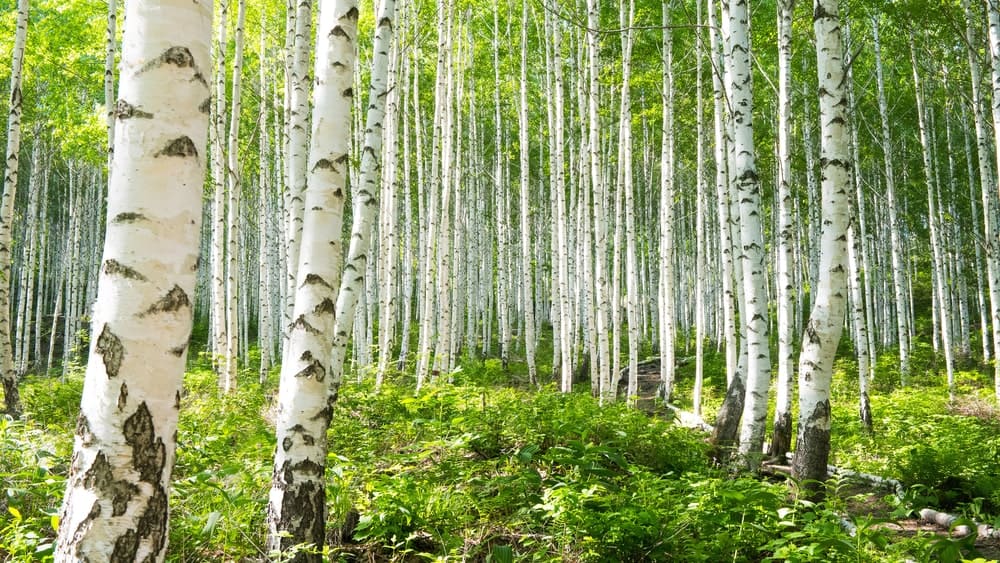
Black Birch is found in moderate climates of North America and Canada. They need soil that is acidic and neither too dry nor too wet. This kind of Birch grows quite tall, with the average tree being 30 to 35 meters. Also, it can be tapped for syrup which tastes like maple syrup or molasses.
-
Yellow Birch Tree
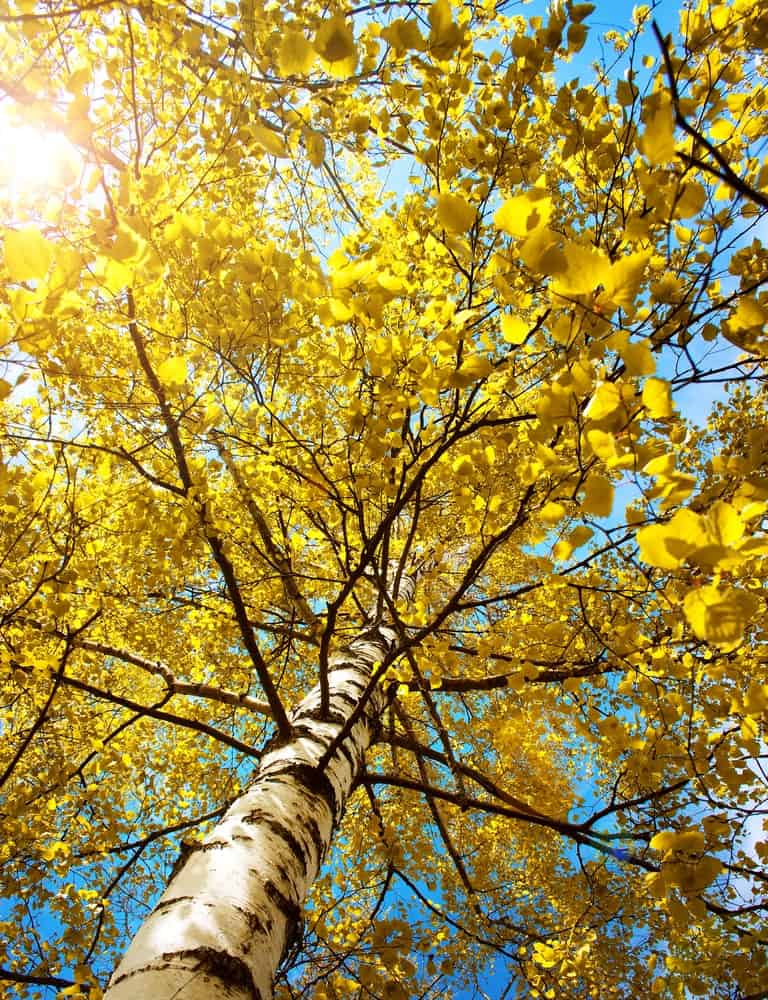
This is a deciduous tree that grows in North America. The bark is yellowish silver in the initial stages of life and then changes color to brown as it ages. Its wood has multiple uses ranging from lumber, woodenware, and furniture to interior design and agriculture.
-
Tamarack Tree
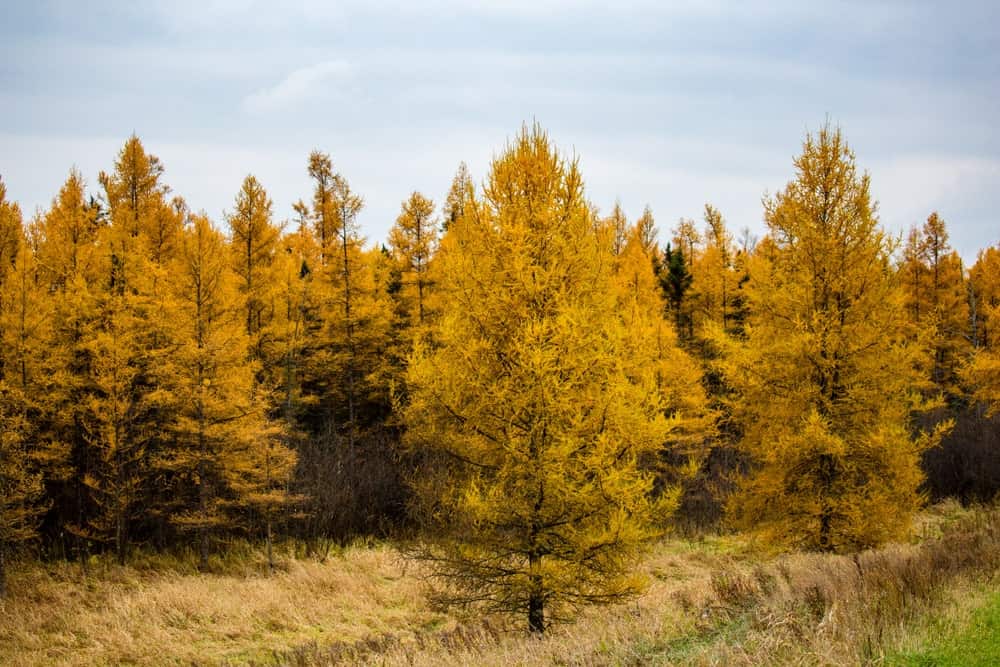
The Tamarack tree, also known as American Larch, is considered the "forest tree of swamps". It is found in Canada and some parts of the United States like Minnesota, Alaska, and West Virginia. This is a hardwood tree that can survive even in freezing temperatures.
-
European Larch Tree
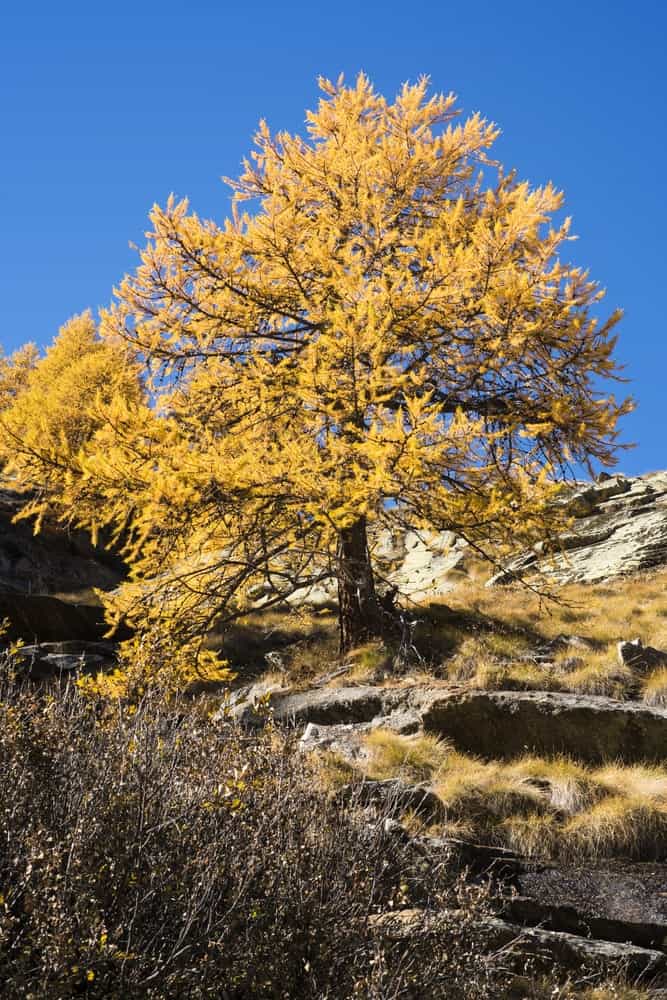
European Larch is a deciduous tree found in very low temperature and elevated areas like the Carpathian mountains or the Alps. This incredible tree can survive up to 1000 years. Nowadays, it is often used for ornamental reasons in gardens and parks.
-
Alpine Larch Tree
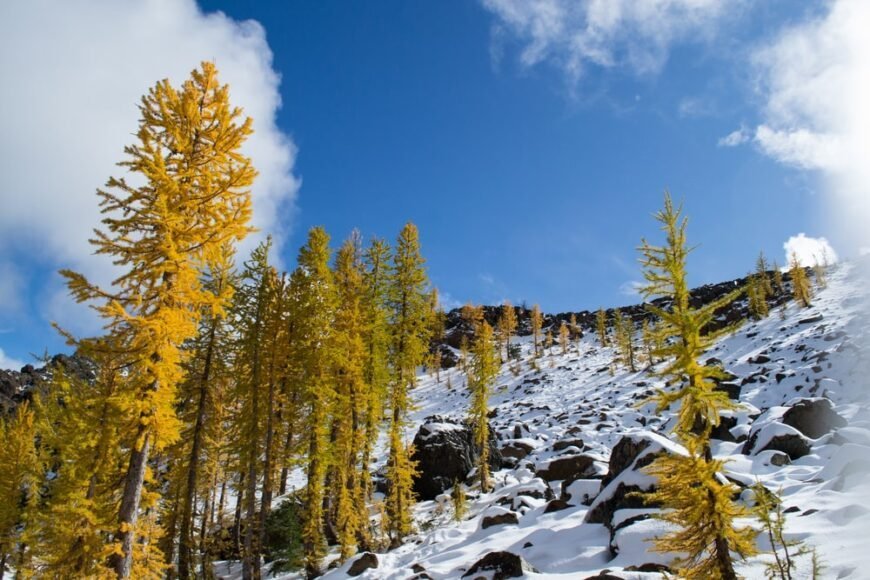
This is a coniferous tree, meaning it has needles and cones instead of leaves and flowers. Also known as Subalpine Larch, they are found in Northwestern America, specifically in British Columbia, Alberta, Idaho, and Montana. They thrive in high altitudes, rocky soil, and low temperatures.
-
River Red Gum Tree
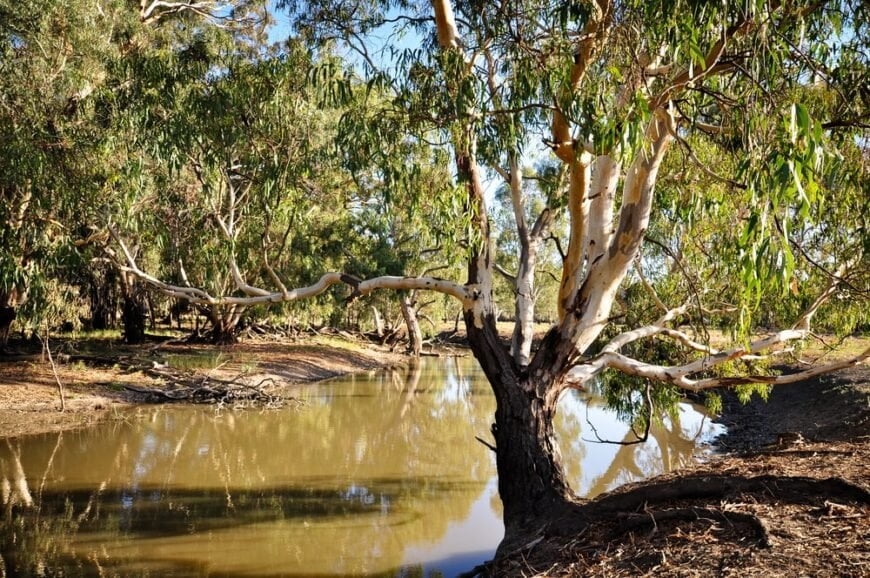
The River Red Gum tree belongs to the group of plants called Eucalyptus. This species is endemic to Australia, meaning it only exists in Australia and cannot be found anywhere else in the world. They need plenty of water to grow properly; this is why they are only found near watercourses.
-
Flowering Gum Tree
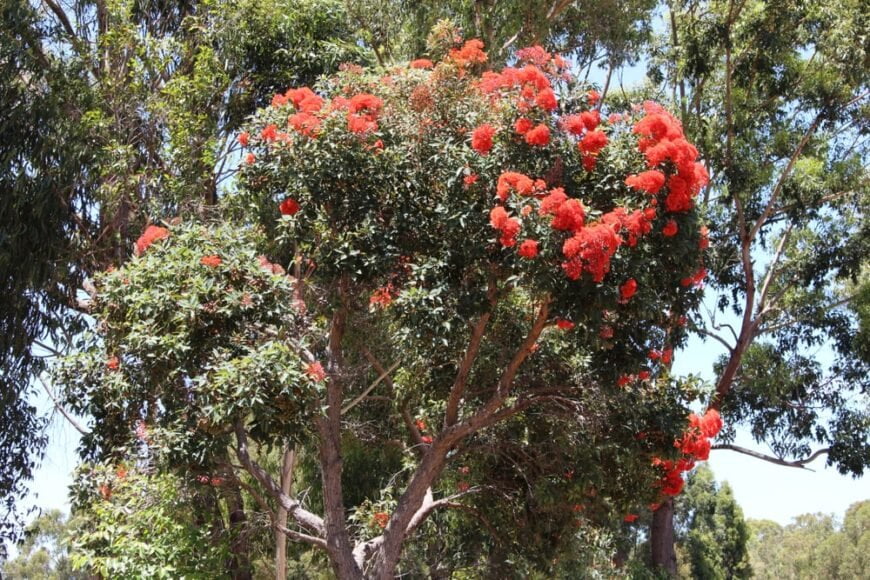
These are medium-sized evergreen trees that flourish in temperate climates with low humidity. Flowering Gums are primarily found in Australia in areas of low rainfall. They are popular as ornamental pieces and are admired for their lovely orange, pink, and red flowers.
-
Silver Maple Tree
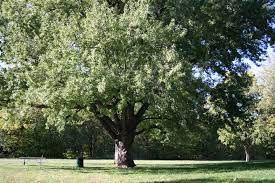
Silver Maple trees are found all across North America and have a reddish grey, smooth bark. As they mature, the trunk becomes a deeper reddish-brown color and starts flaking off. Its wood quality is considered low because it is "soft maple" and thus not widely used for commercial purposes.
-
Red Maple Tree
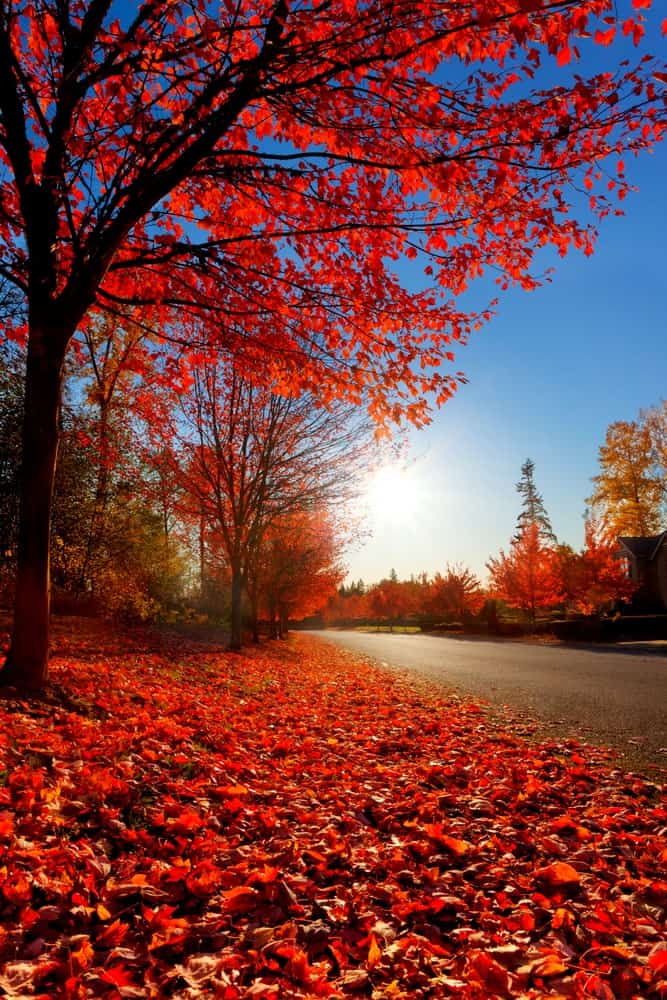
Red Maple is a stunning deciduous tree that is found in East and Central North America. The leaves turn a beautiful red color during fall, along with the twigs, buds, and flowers. The trunk is moderately strong and cheap for commercial use. Cheap furniture, fuelwood, and baskets are made from the trunk.
-
Norway Maple Tree
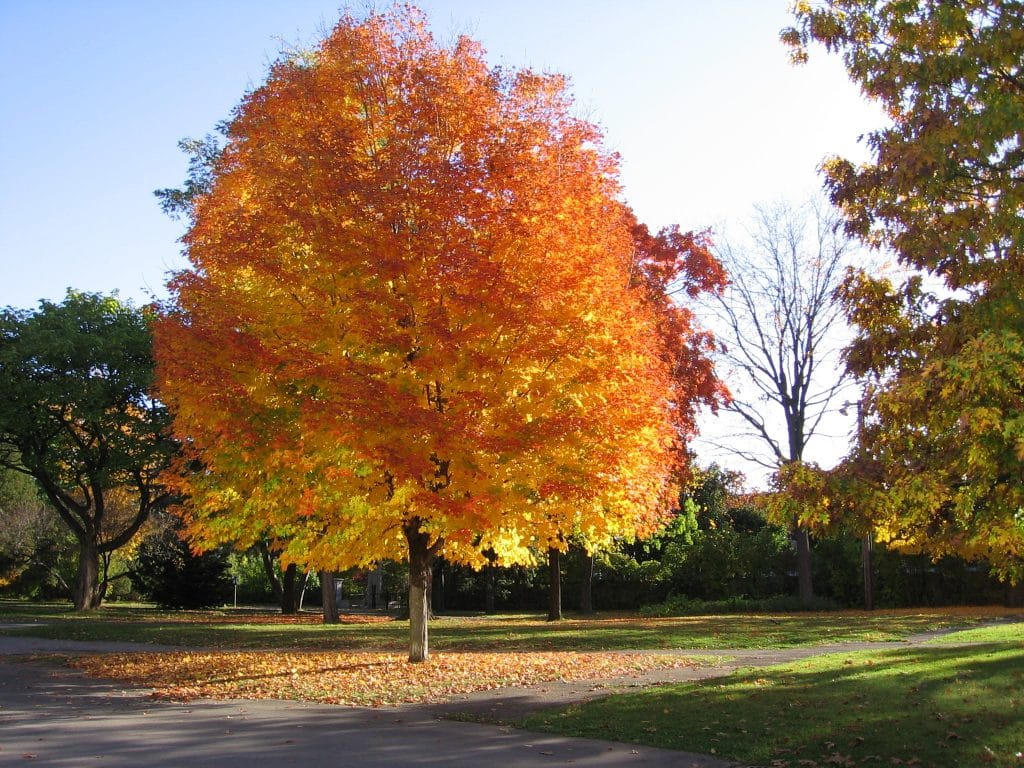
The Norway Maple is known for surviving easily in all types of climates and soil conditions. It is native to some areas in Europe and Southwest Asia, near the Black Sea and Scandinavia. Although it is similar to other Maple trees, there are slight differences in bark, leaf shape, and color.
-
Elder Tree

These trees can grow up to 15 or 17 meters and can live for 50 years. Elder trees grow in temperate and subtropical regions around the world. In Britain, they are found in woodland and wastelands. According to mythology, planting elder wood near the house could ward off evil spirits.
-
Wisteria Tree
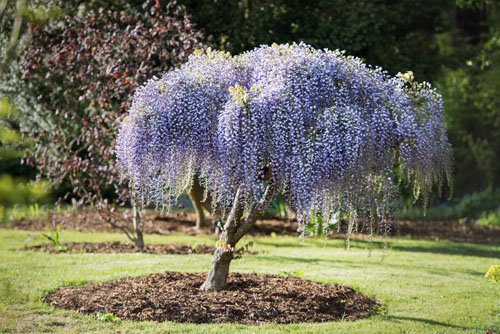
These trees are much loved for the colorful and attractive flowers they produce in abundance. They are native to Asia, specially cultivated in Japan and China. Wisteria trees make a perfect ornamental plant for gardens since they grow fast in all types of soil.
-
Holly Tree
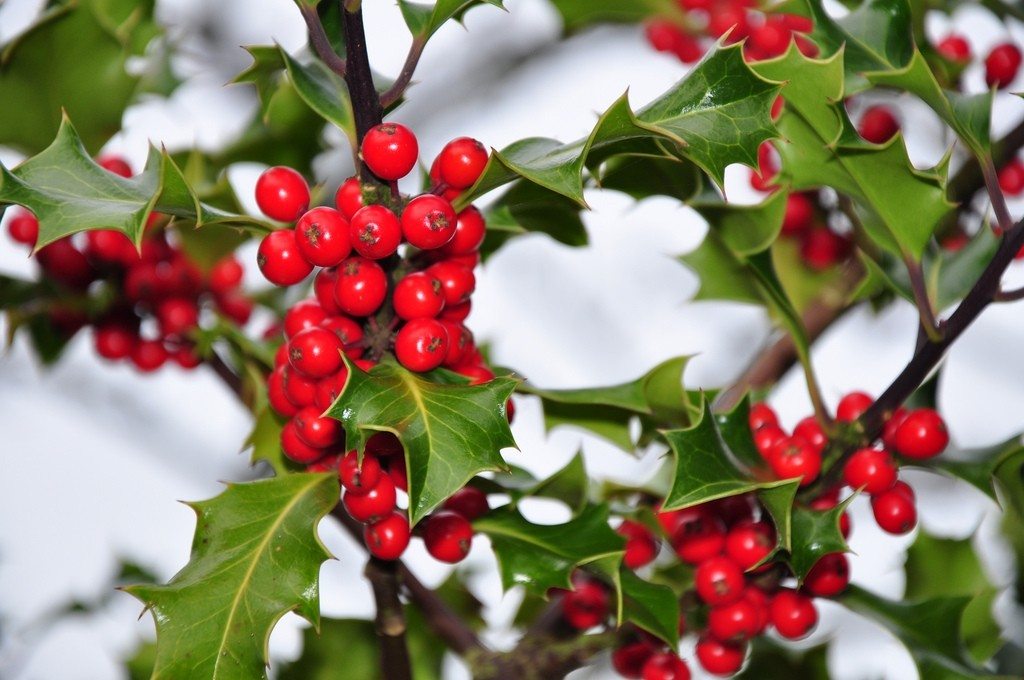
Their leaves and bright red berries make it easy to identify holly trees. The leaves are leathery, and glossy, and have spiny prickles at the edges. Holly leaves also stay dark green throughout the seasons. The branches and scarlet berries are often used as decorations for Christmas festivities.
-
Black Poplar Tree
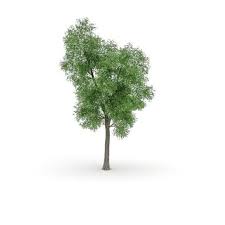
Black poplar is native to northwestern regions of Europe. It grew in abundance years ago, but now, it is a rare and declining species. In the United Kingdom, it is found growing in isolation in Shropshire, Cheshire, Somerset, and East Anglia regions.
-
Common Lime Tree

Common Lime Tree is a hybrid of small-leaved and large-leaved lime trees. The leaves are heart-shaped and have white hairs on the base of the vein on the underside. Apart from that, they are native to Europe and are often found in parks, gardens, and urban areas.
-
Peppermint Tree
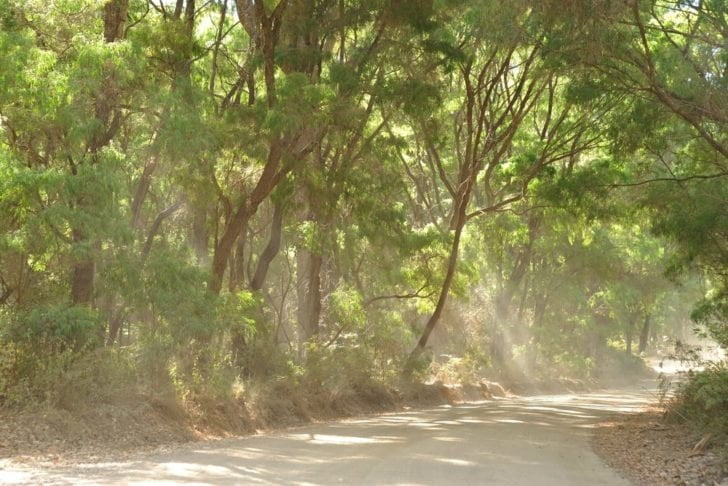
Also known as the Willow Myrtle and Australian Peppermint tree, this tree looks like a Willow tree from a distance. Known as Wanil, Wonong, and Wonnow by Indigenous people, these trees have narrow and long leaves which are a dull green color.
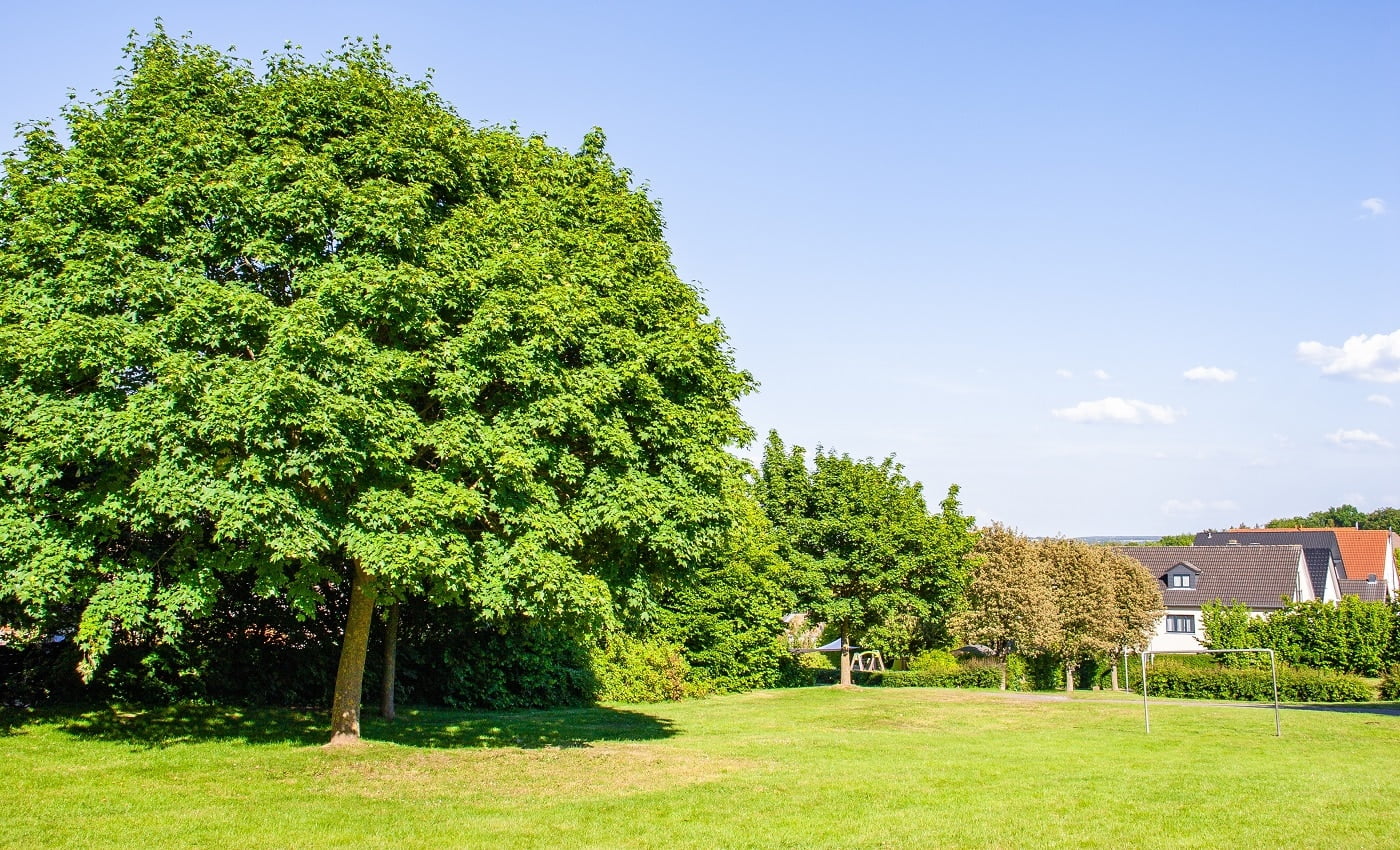
And that's the end of our list.
There is no doubt that this globe would be a very different place if it were not for many trees and plants. Forests are home to millions of other species of animals, birds, insects, and reptiles. Furthermore, humans largely depend on trees and forests for food, firewood, and countless resources.
We hope it helped you learn about the most popular trees around the world. There are thousands of plant species globally, so go ahead and explore more of those and whatever we might have missed. Don't keep the knowledge to yourself; share this article with your friends and family.
Until next time, bye!
